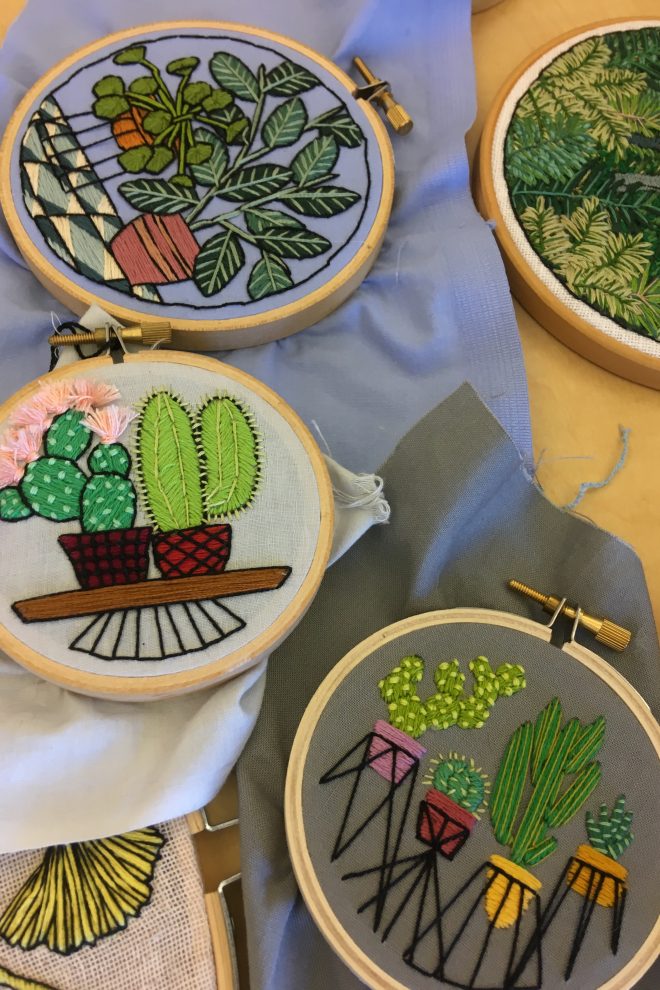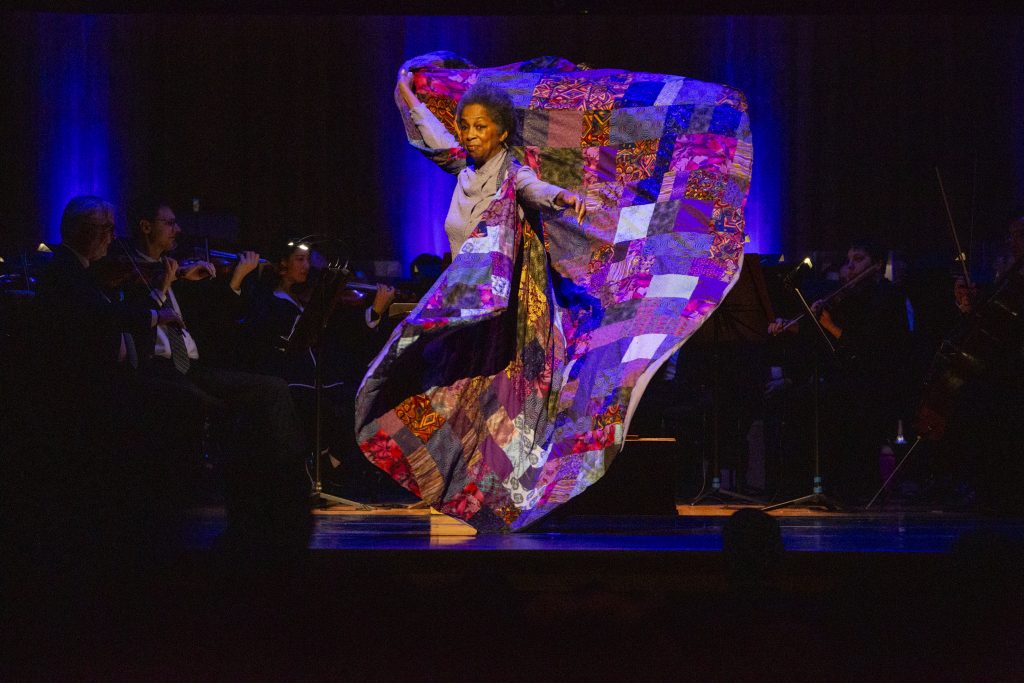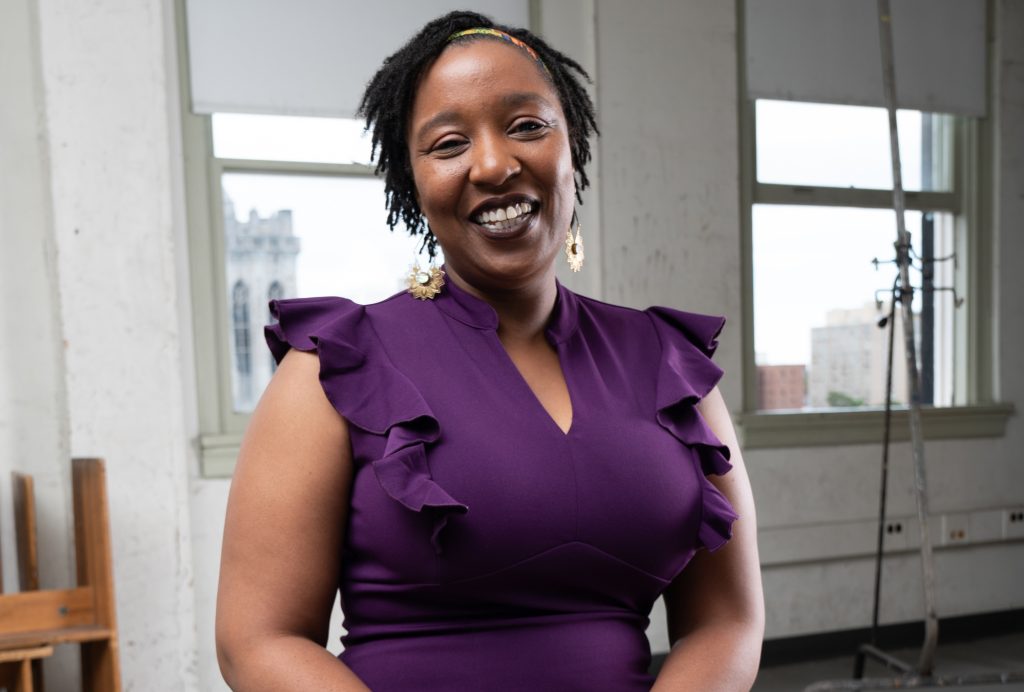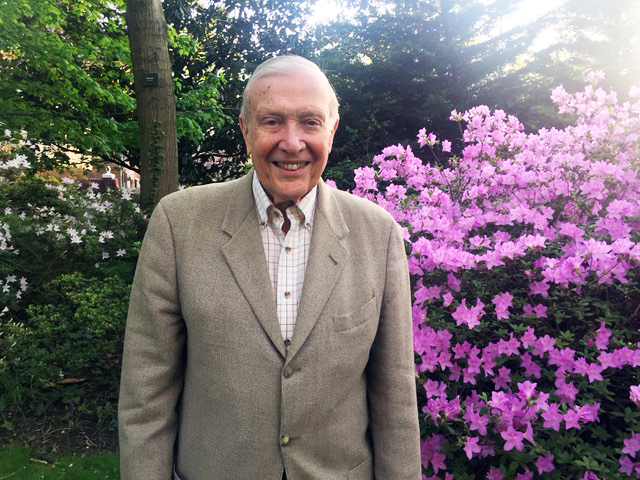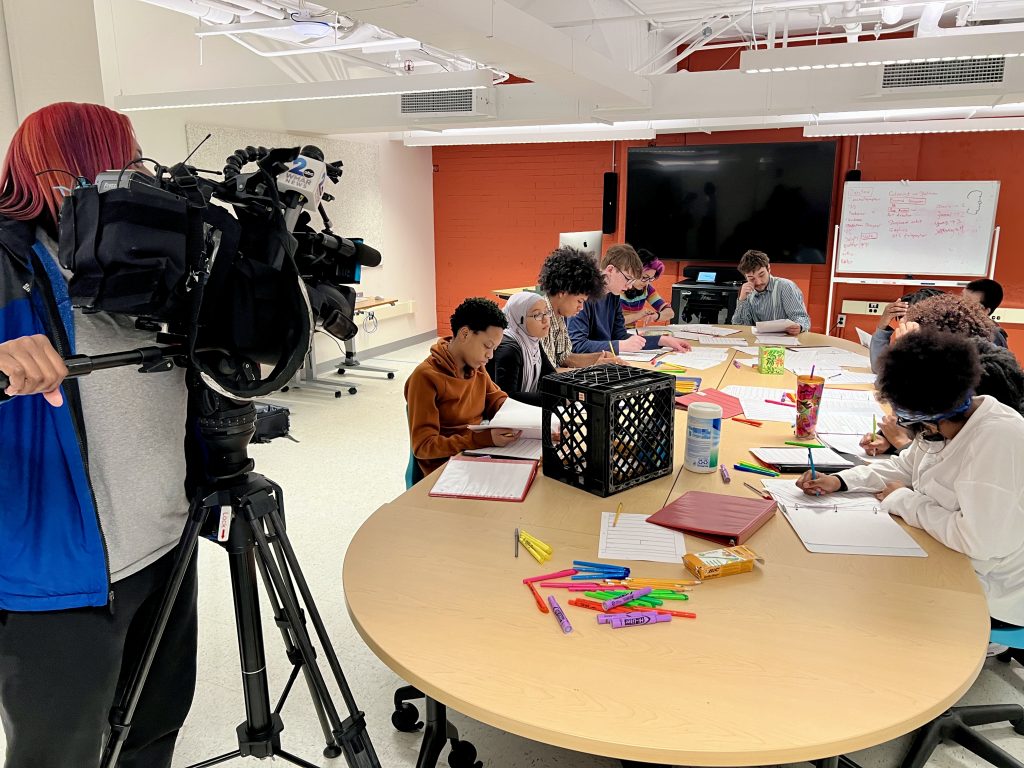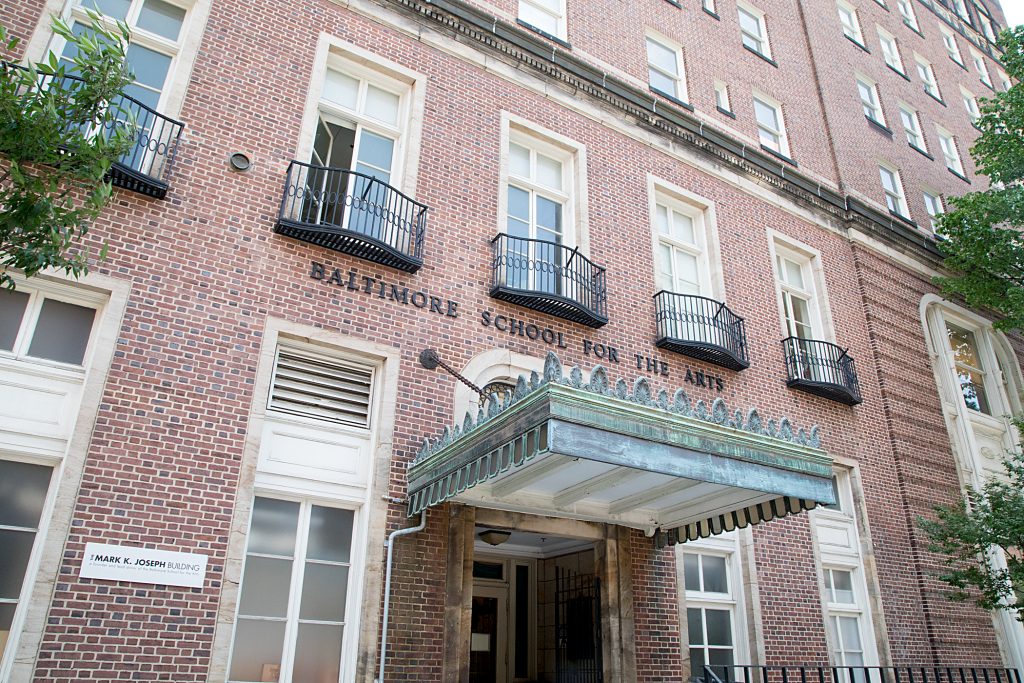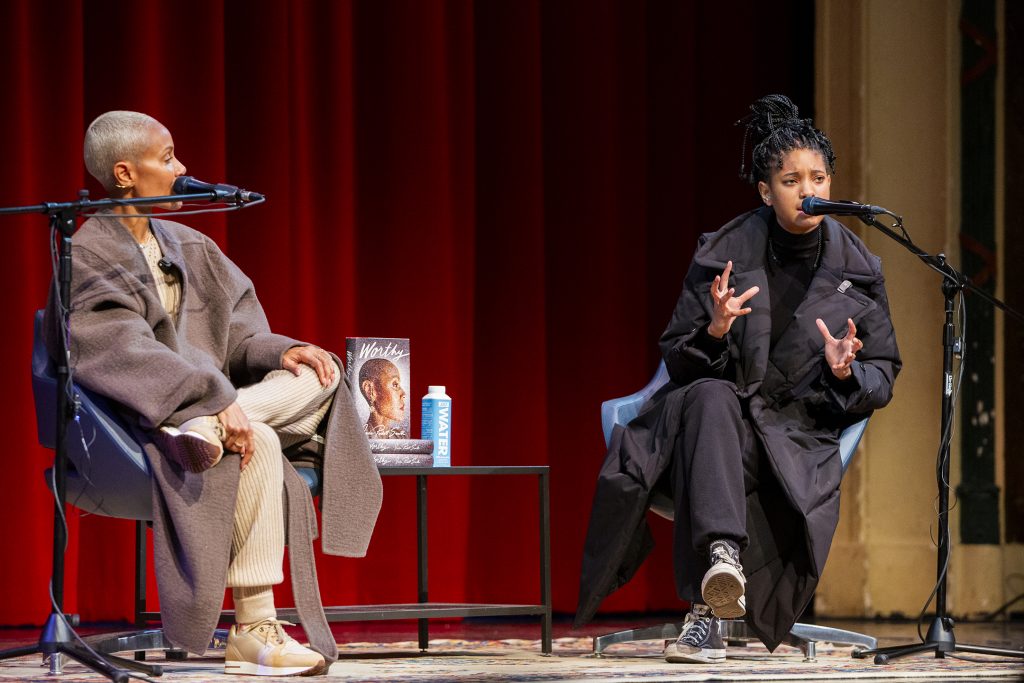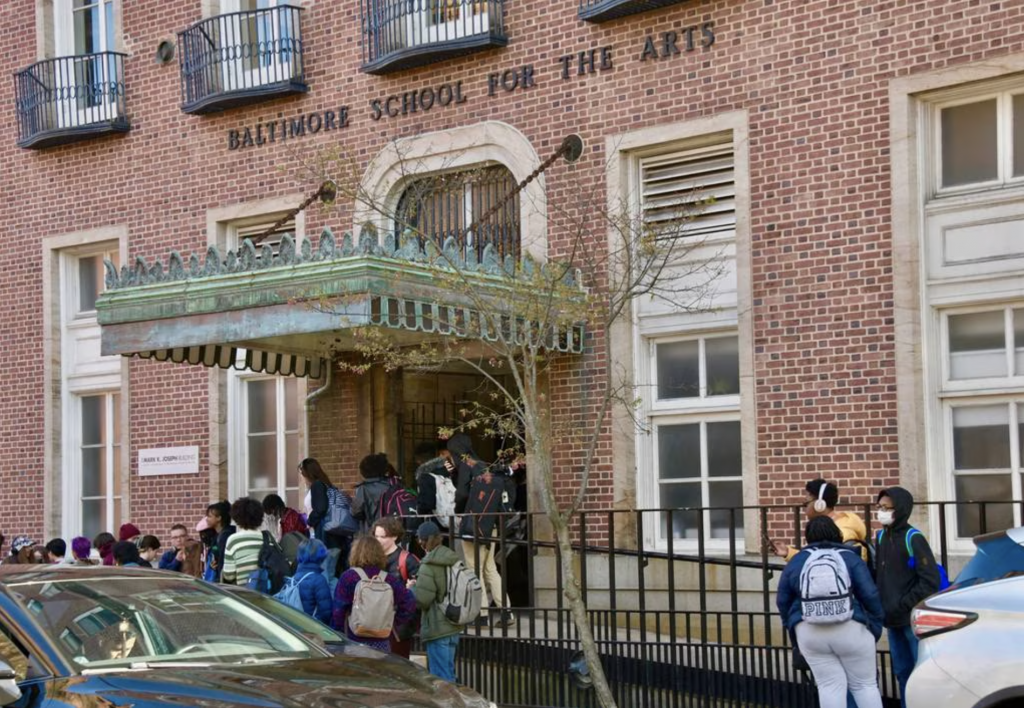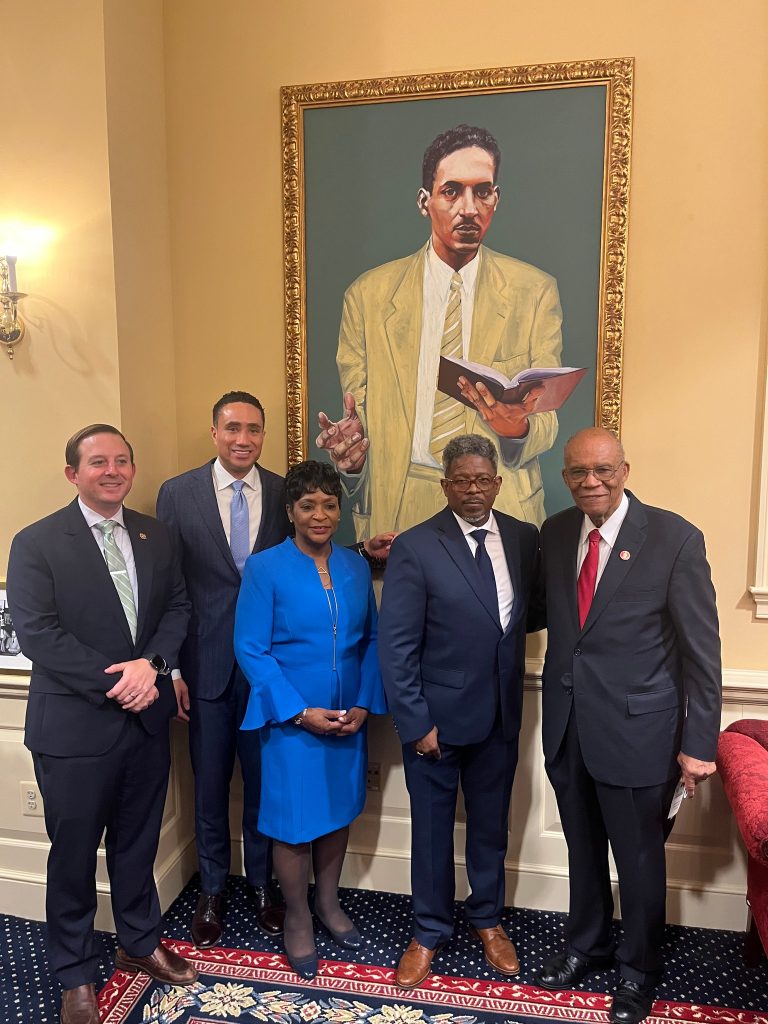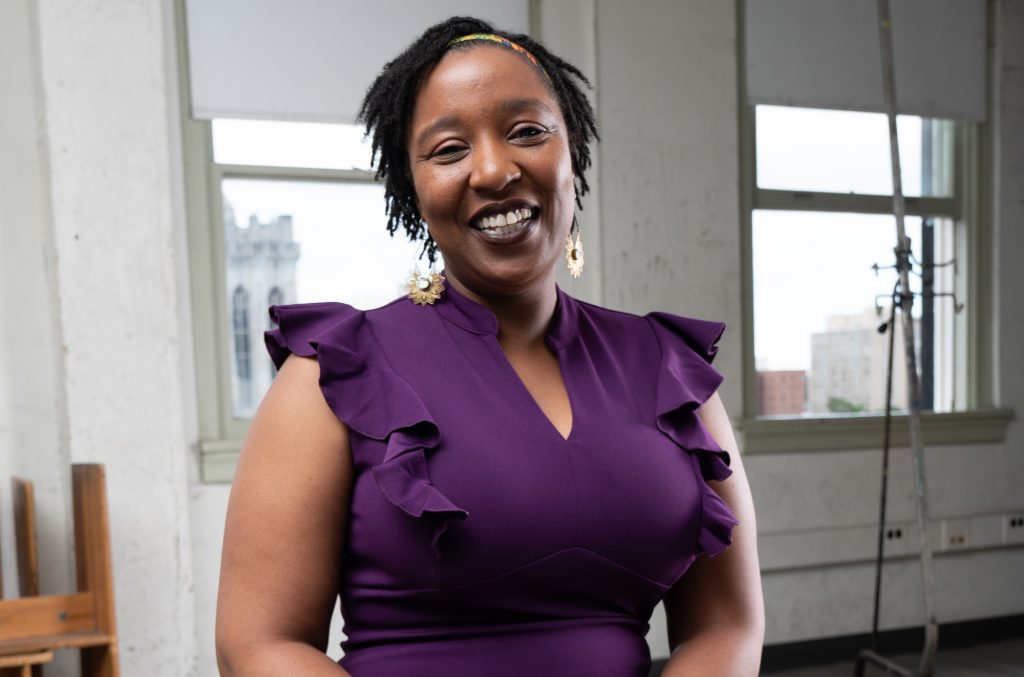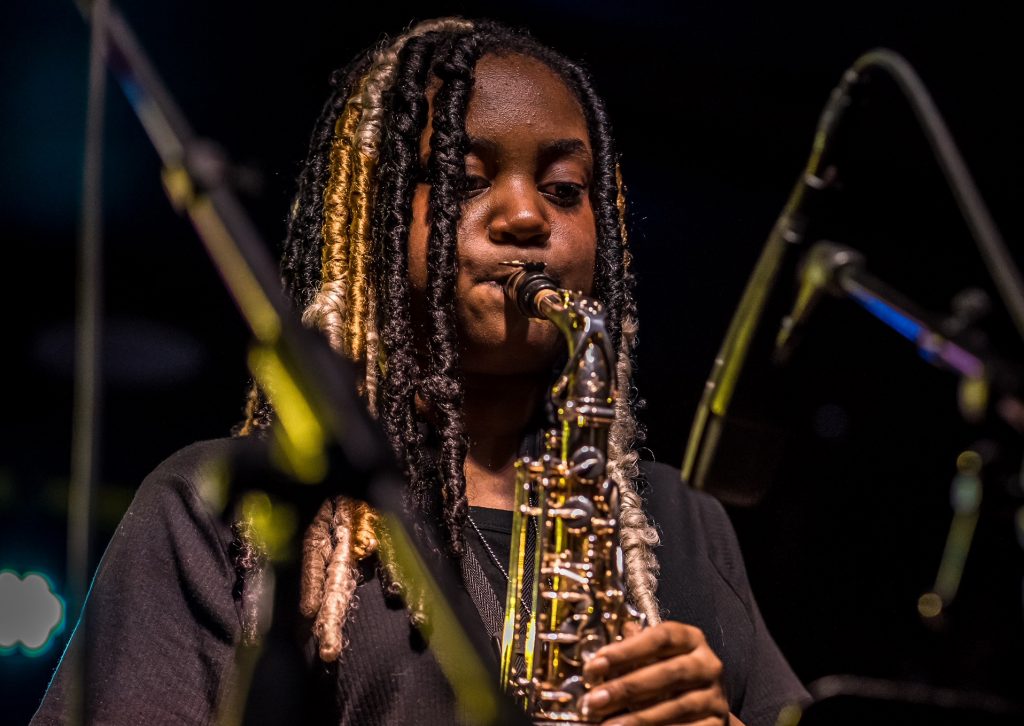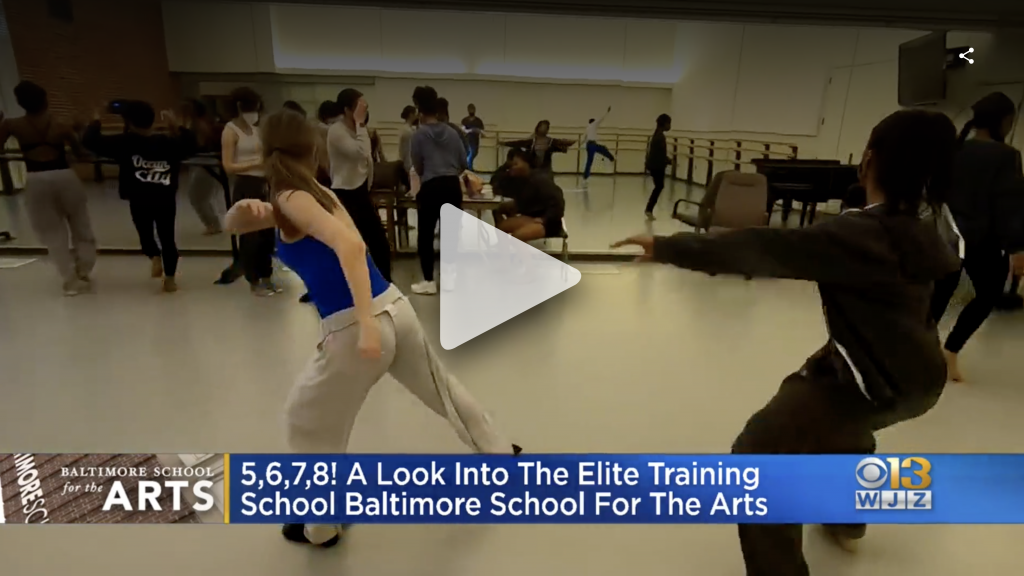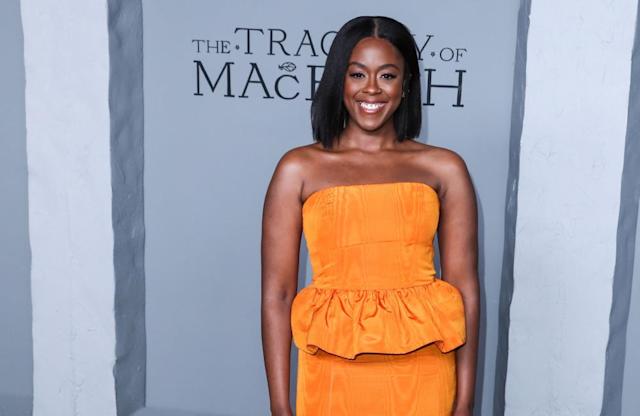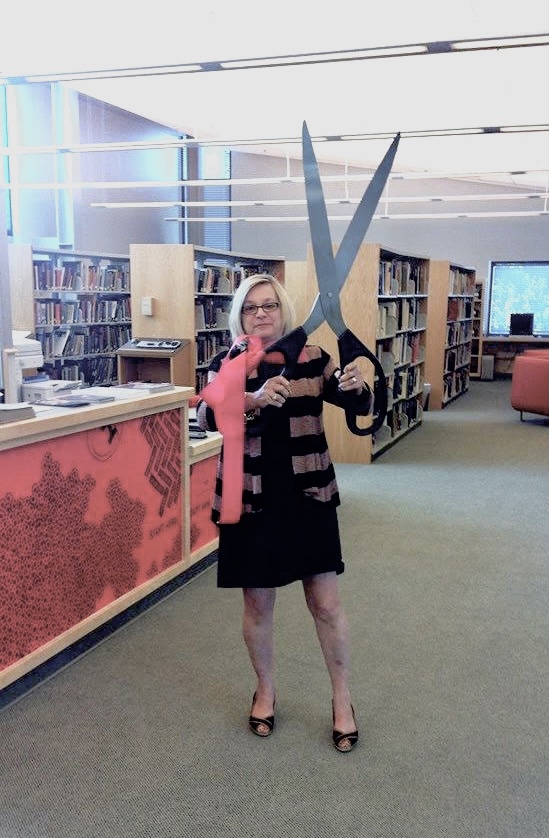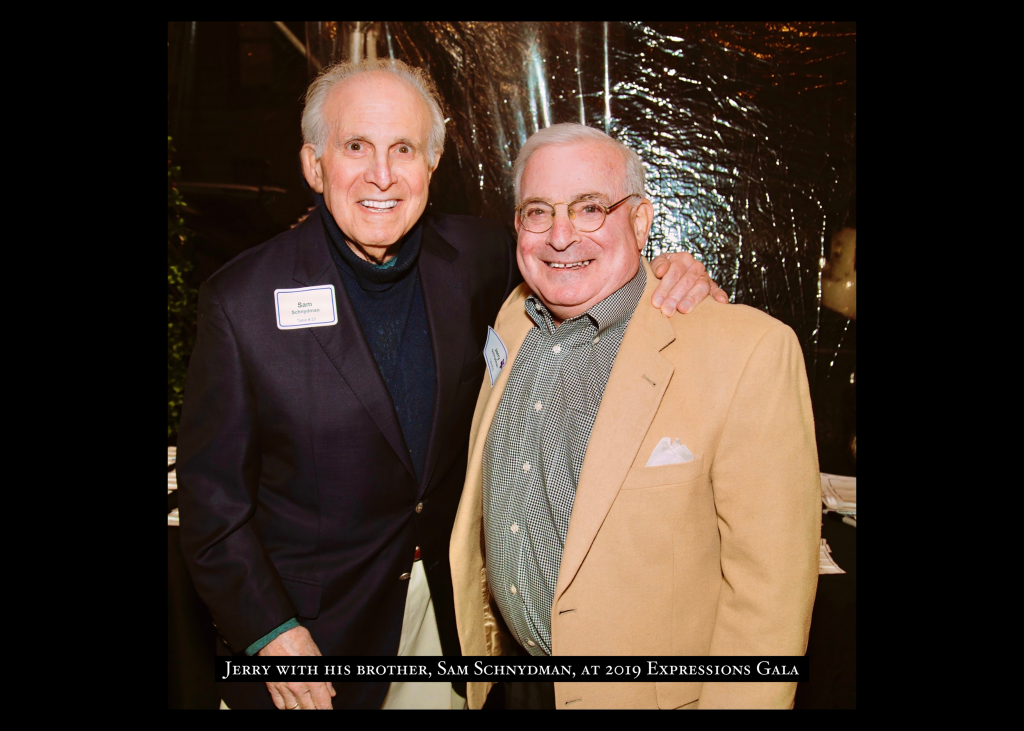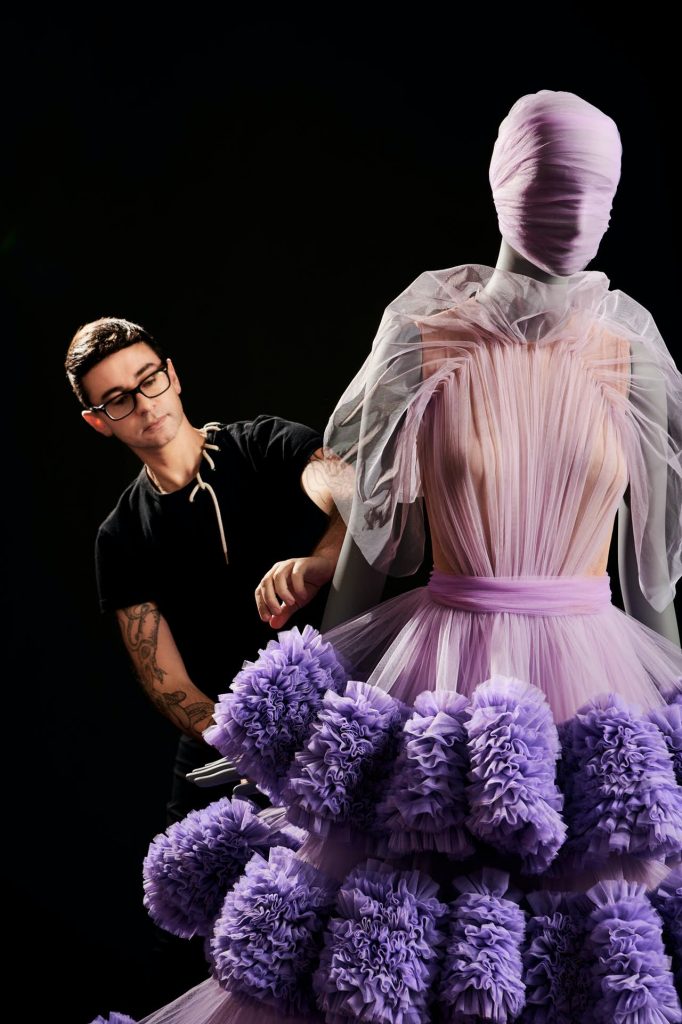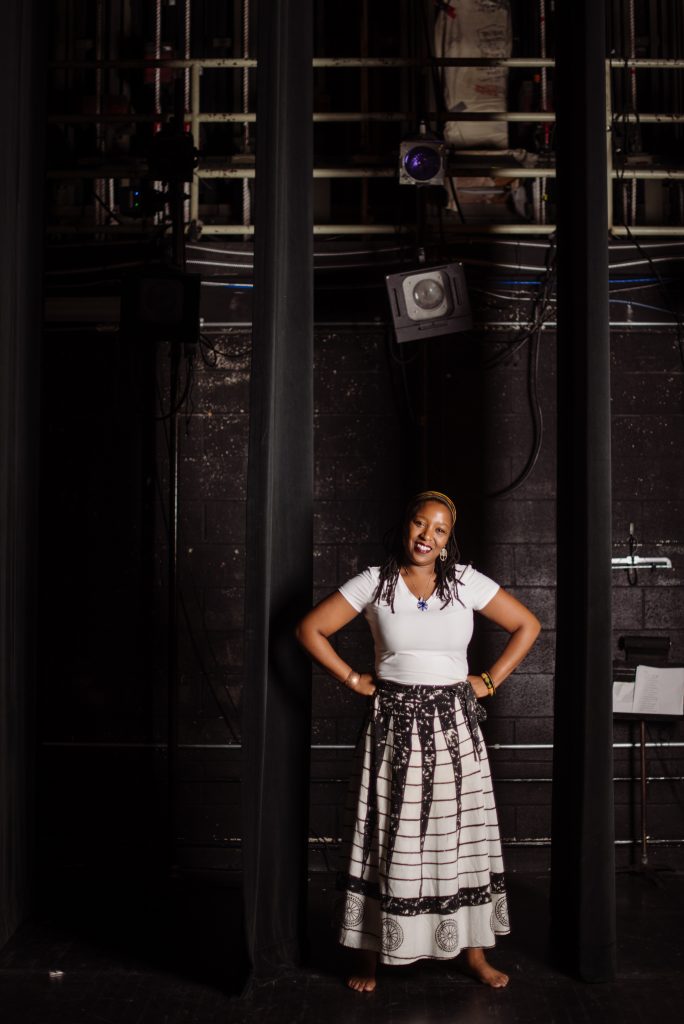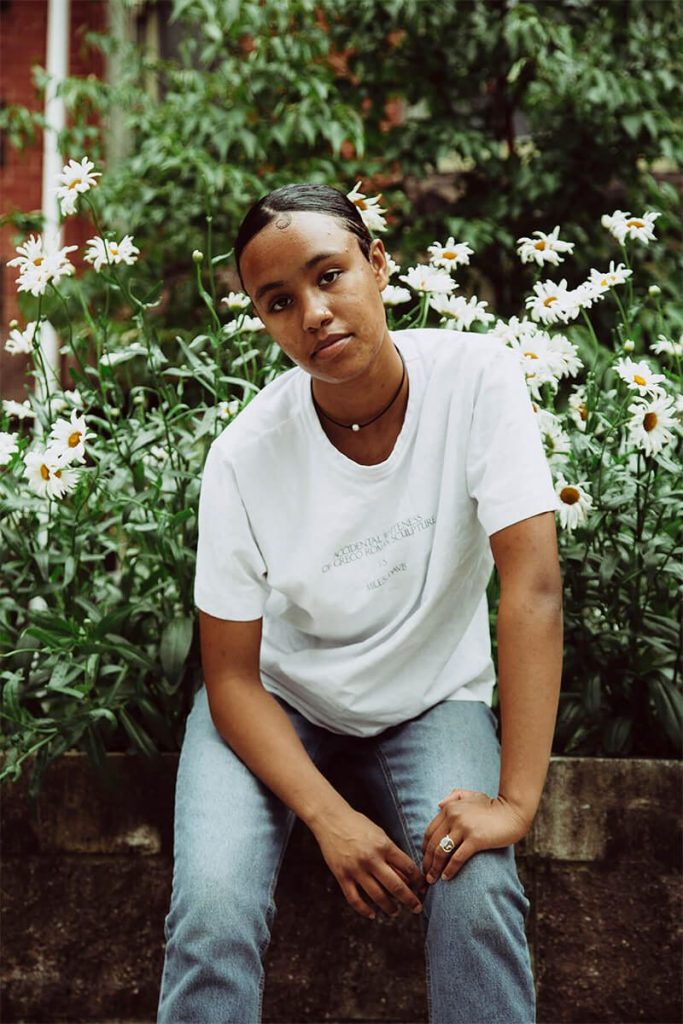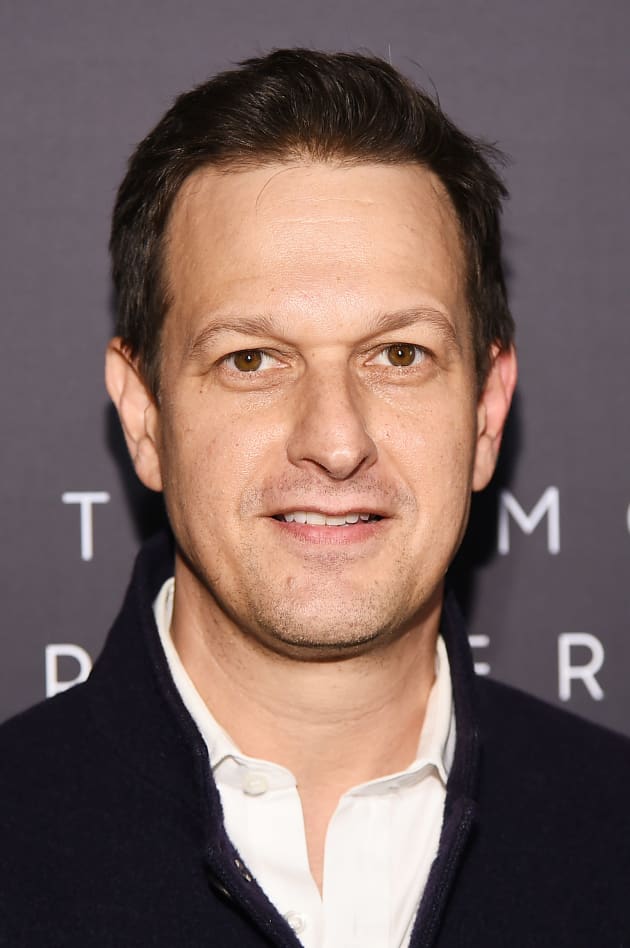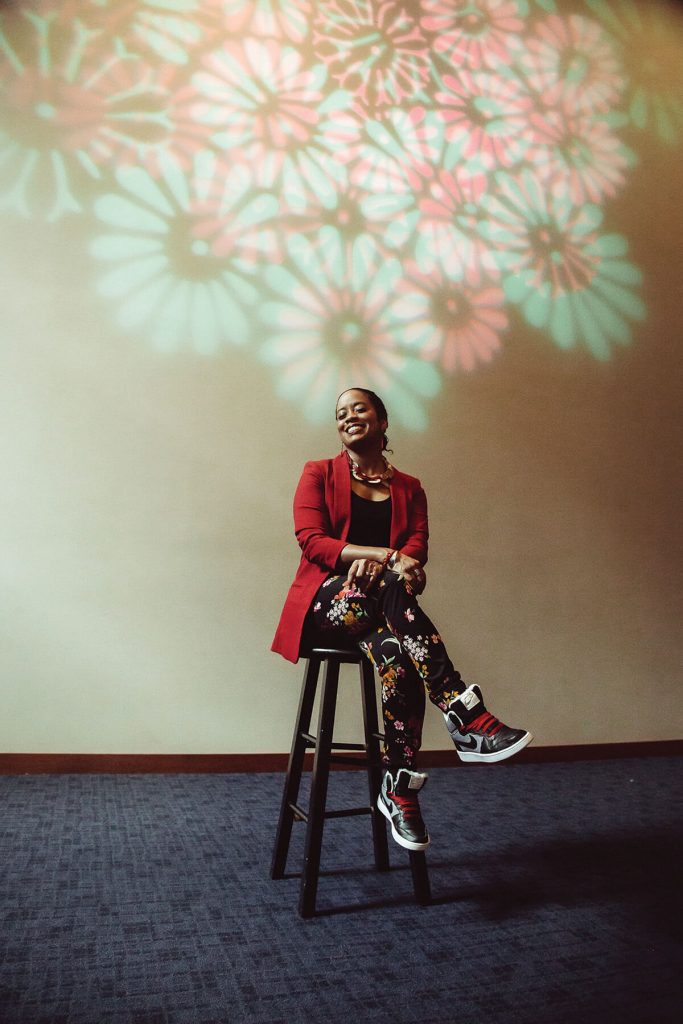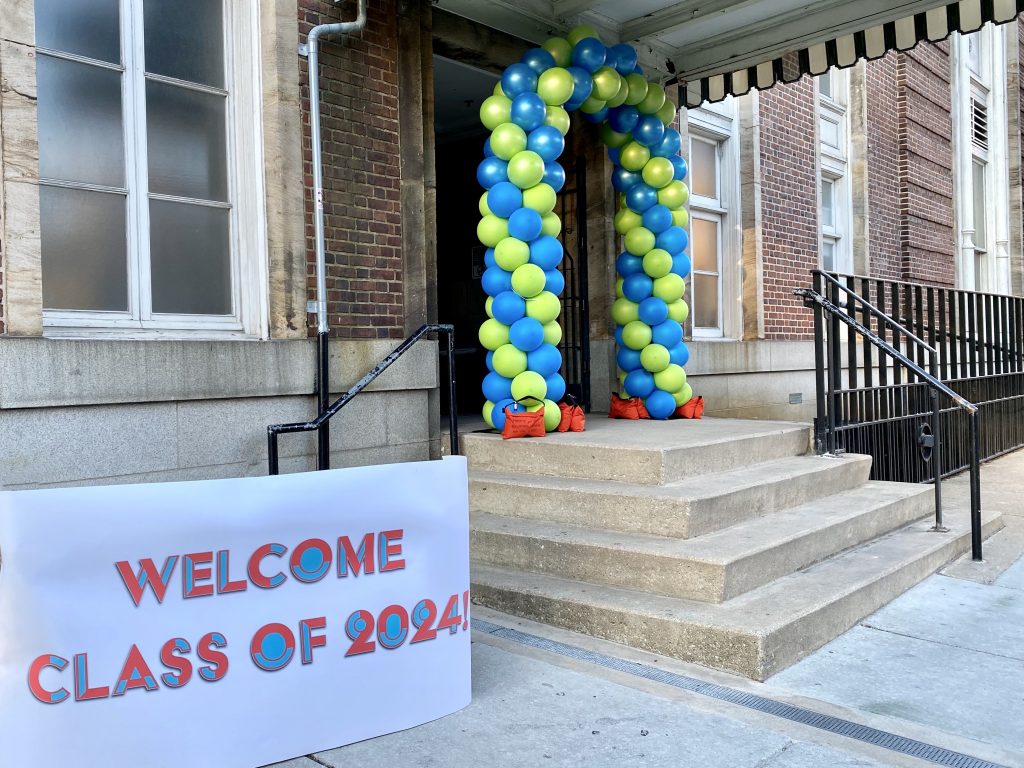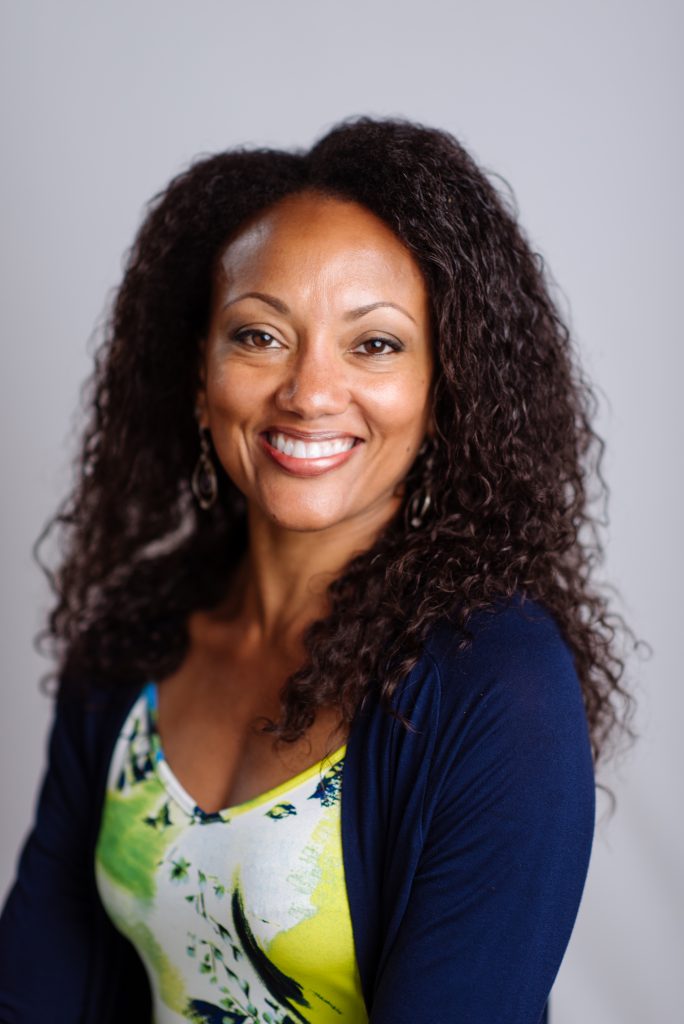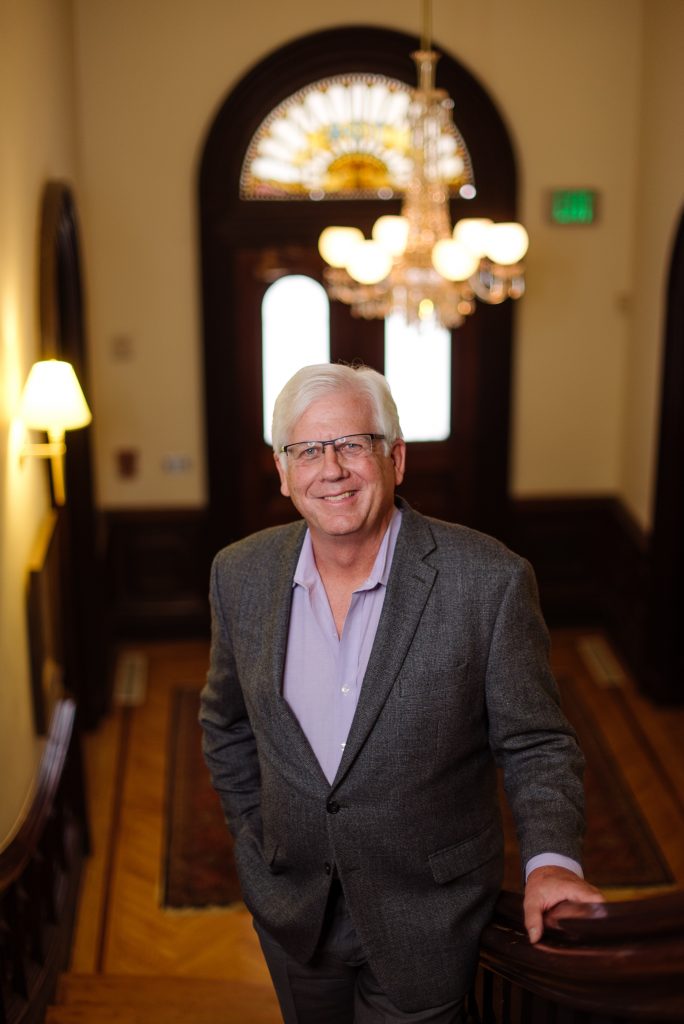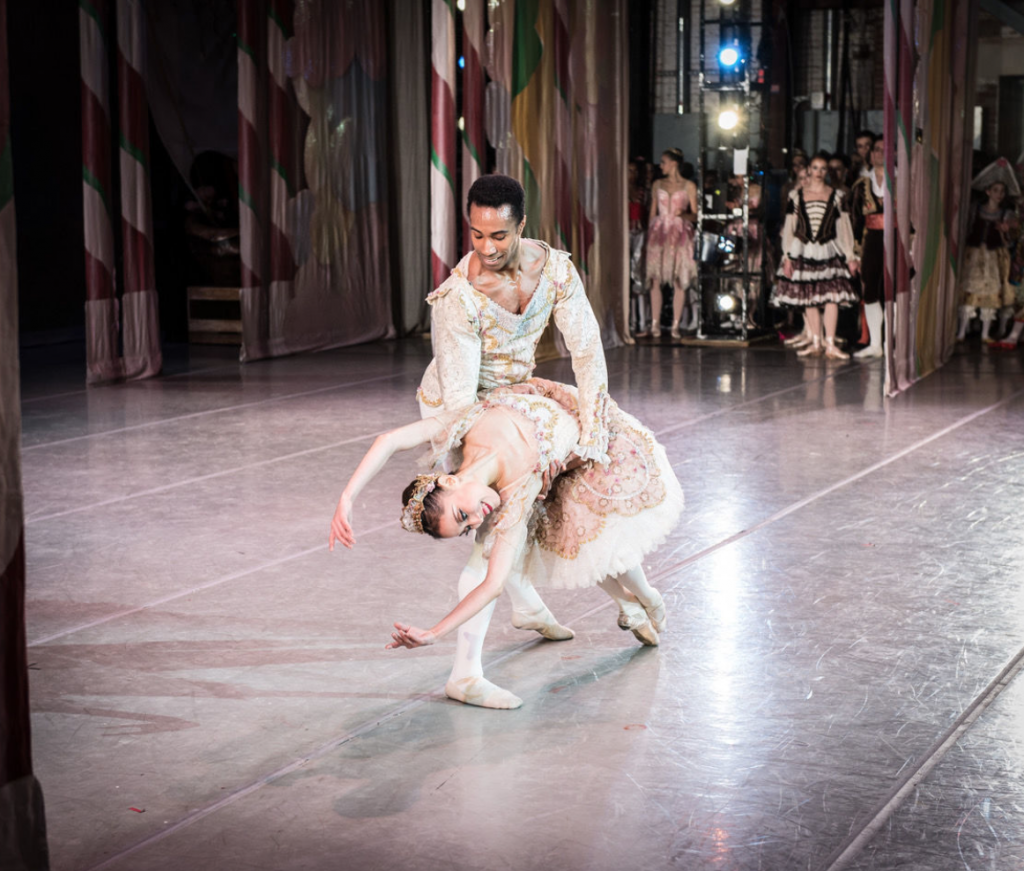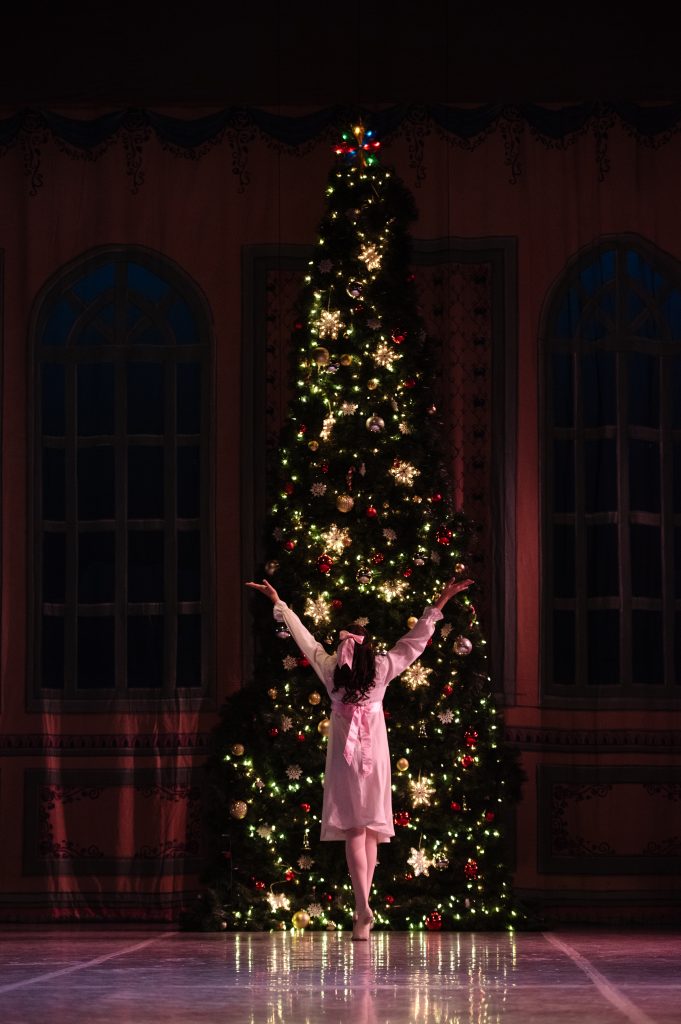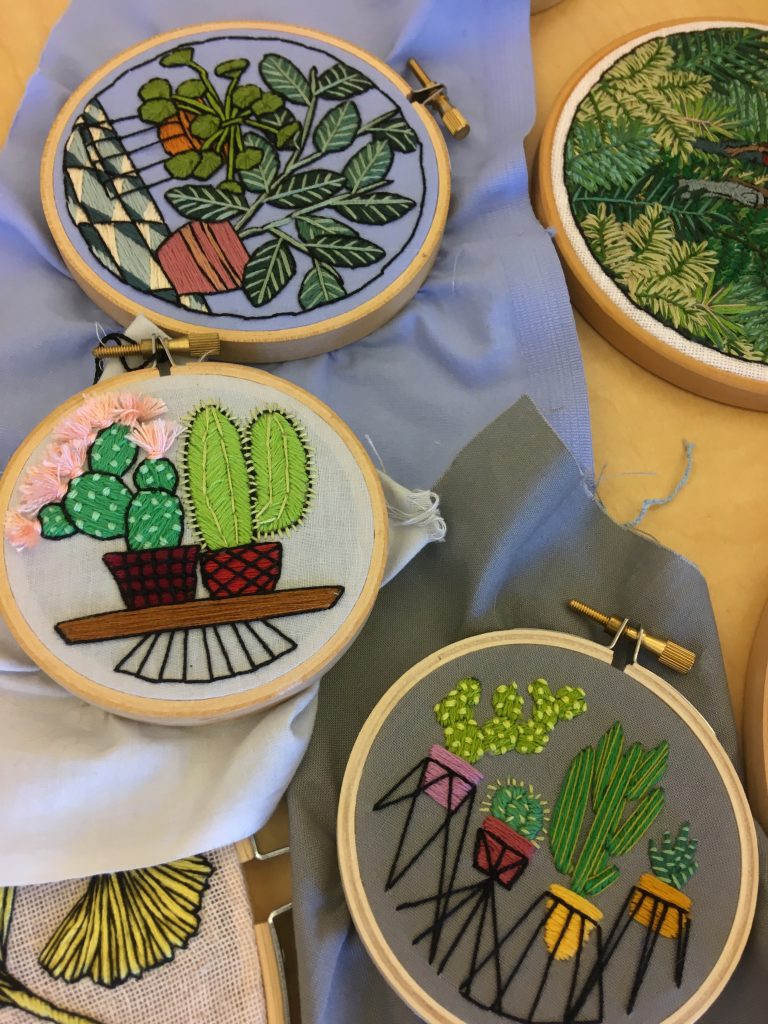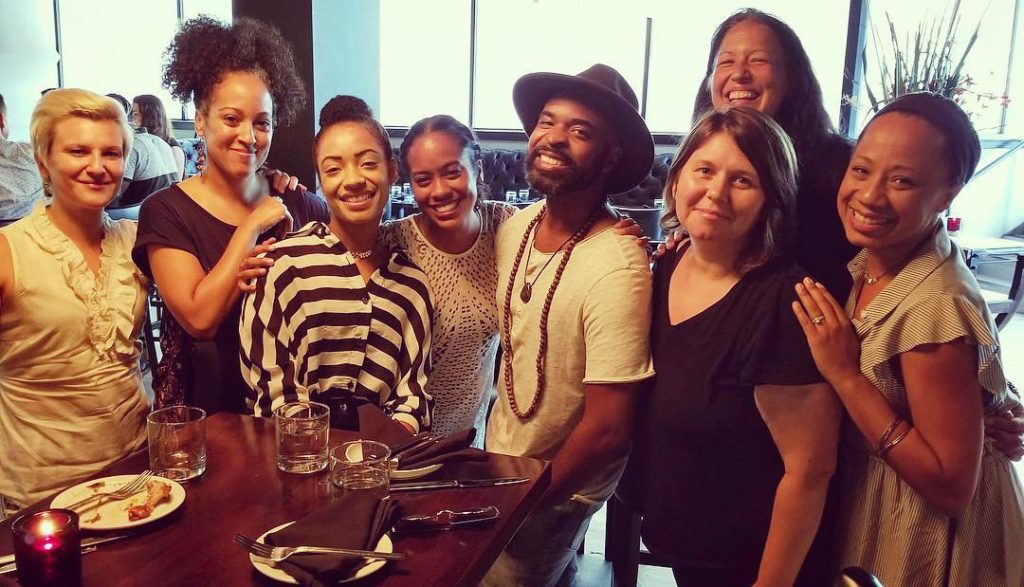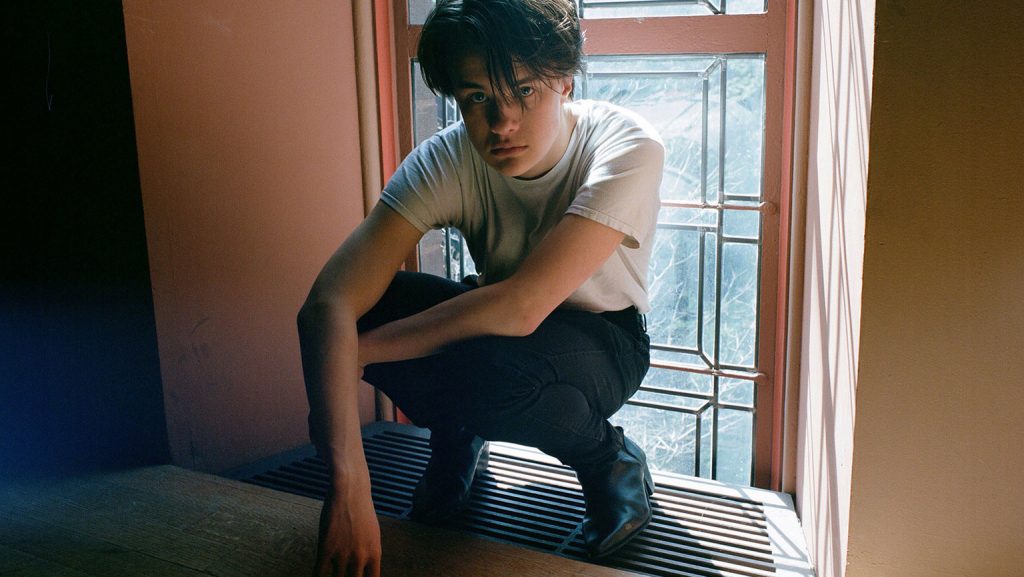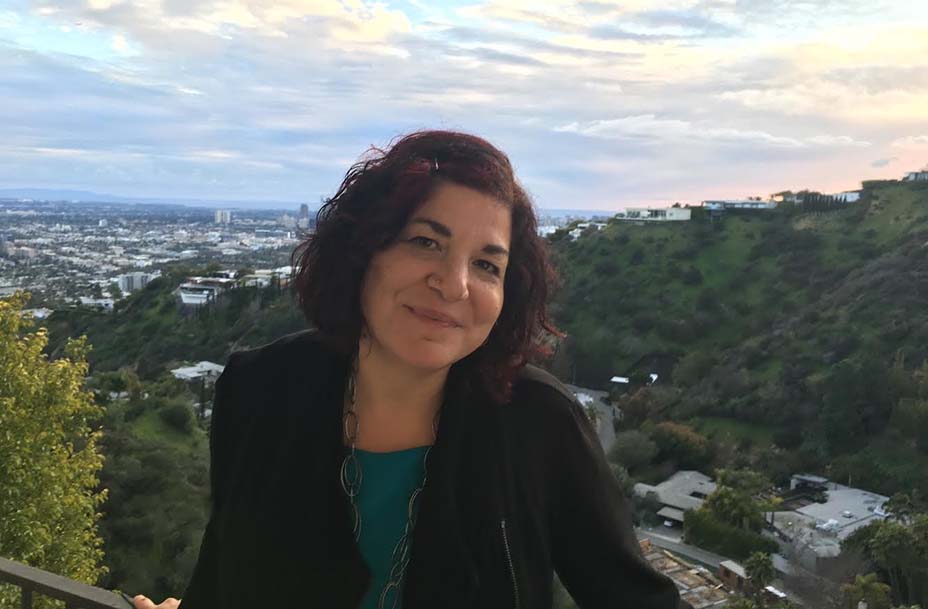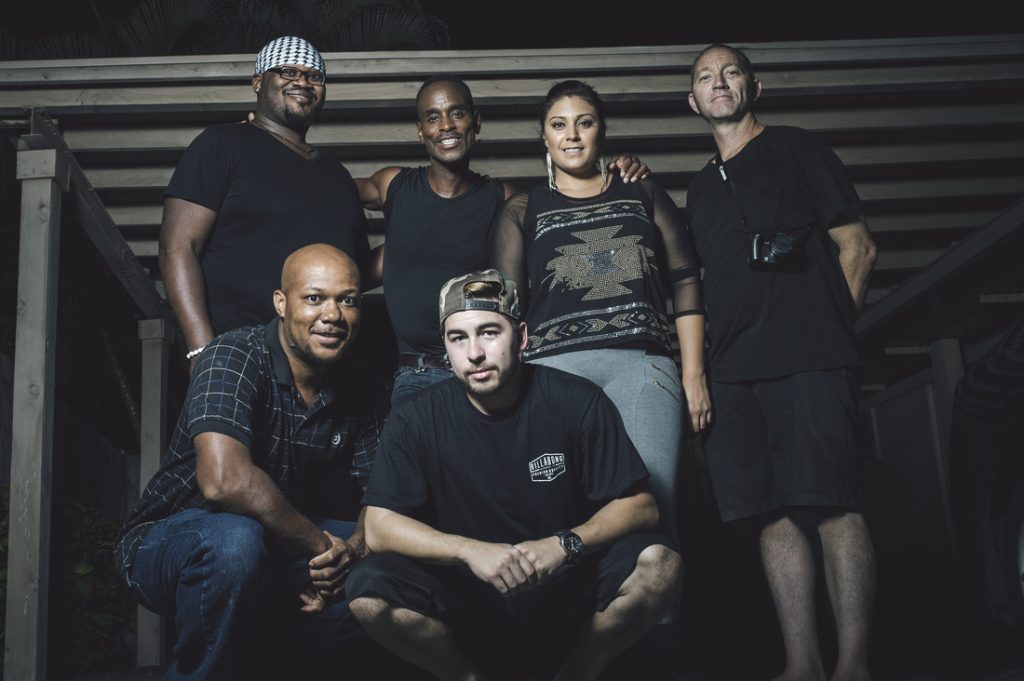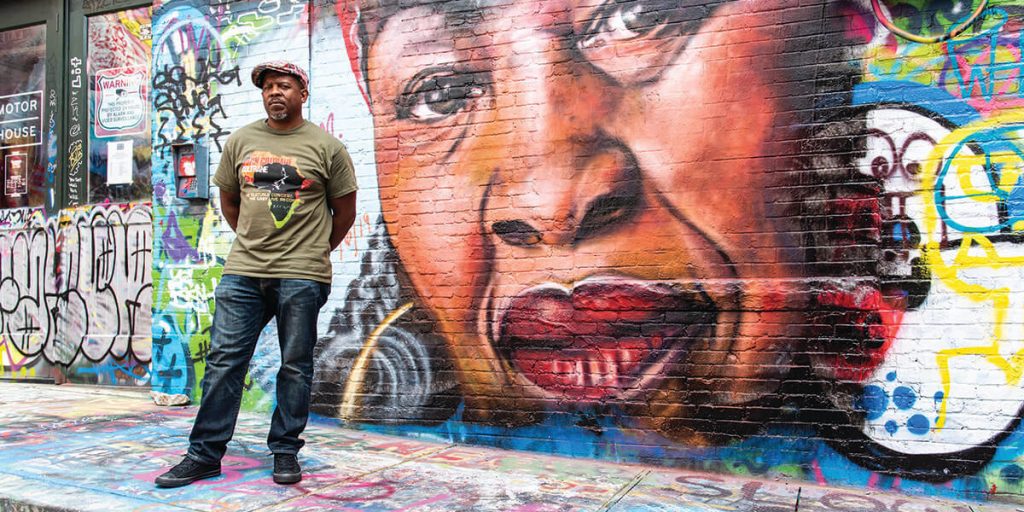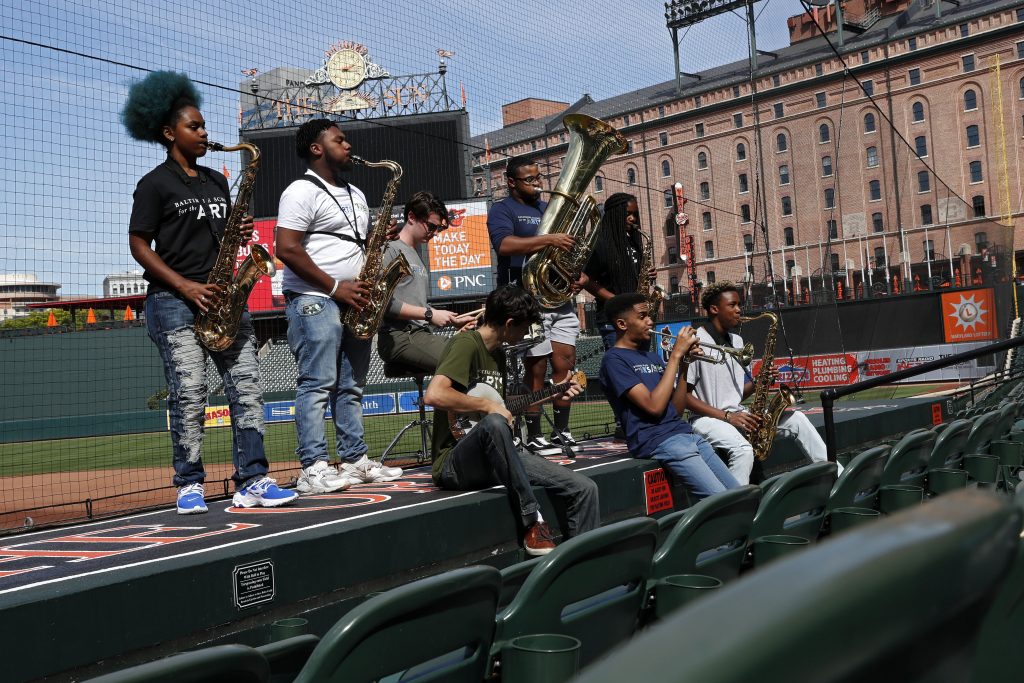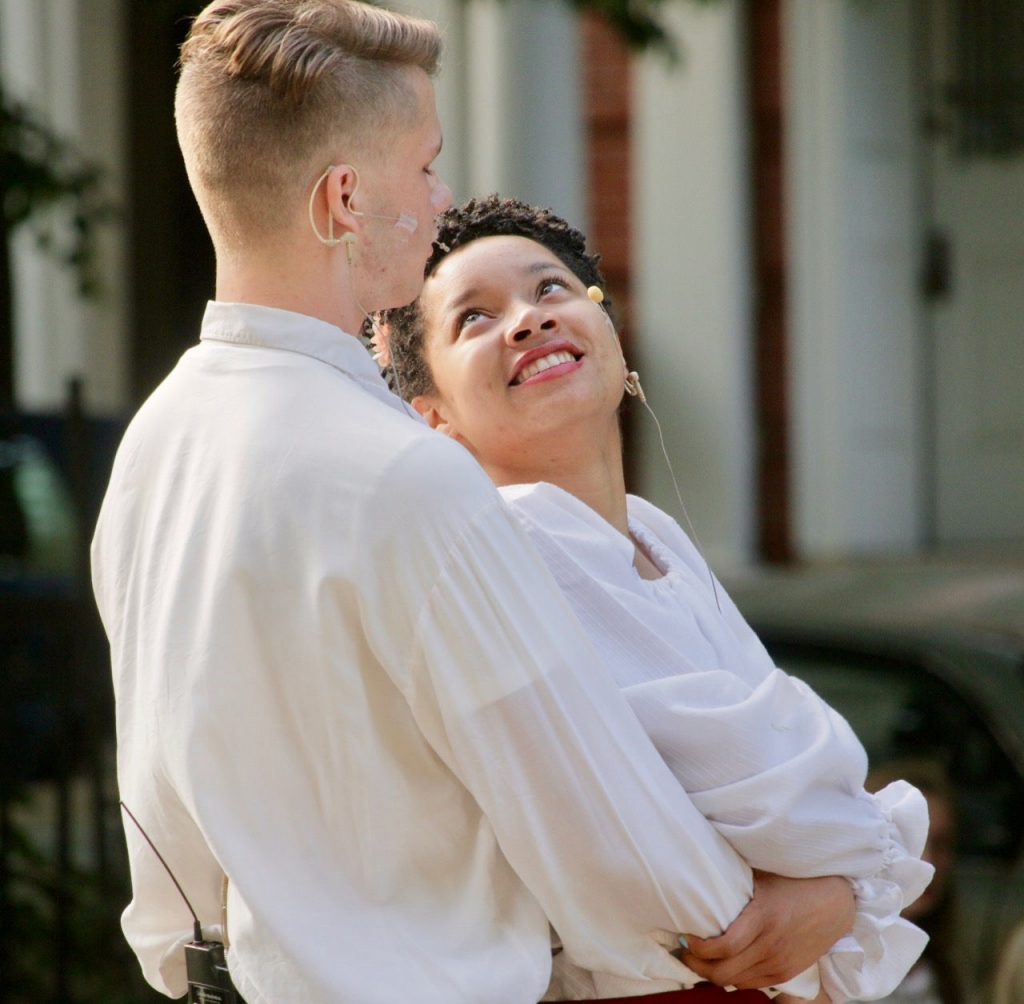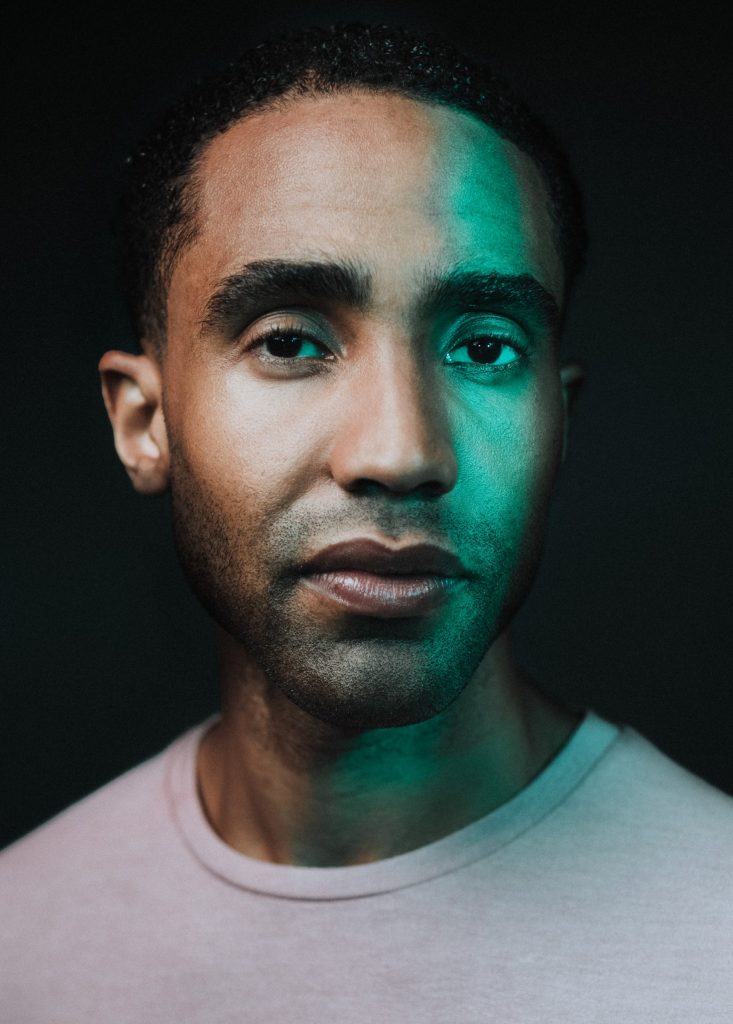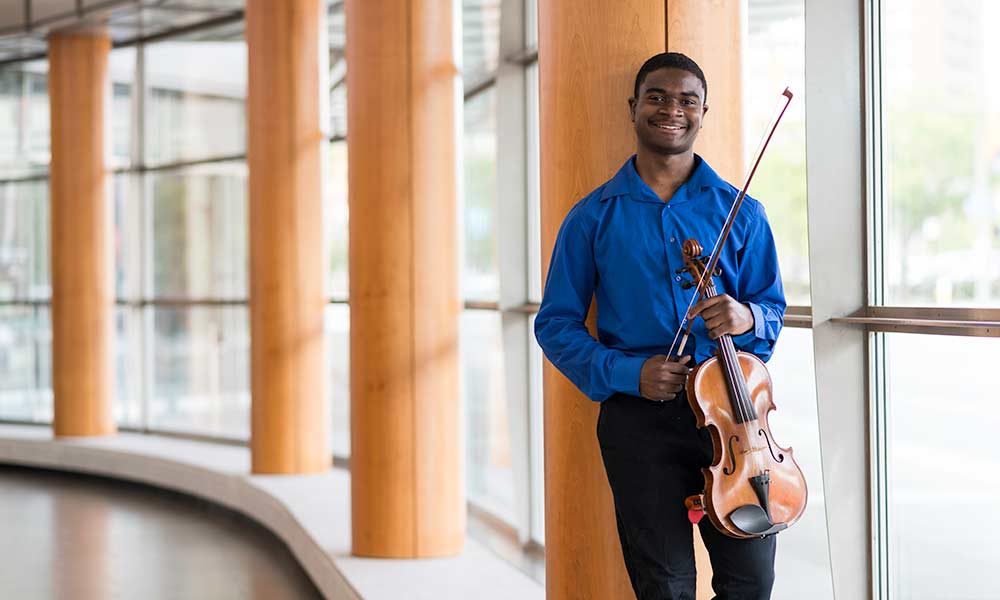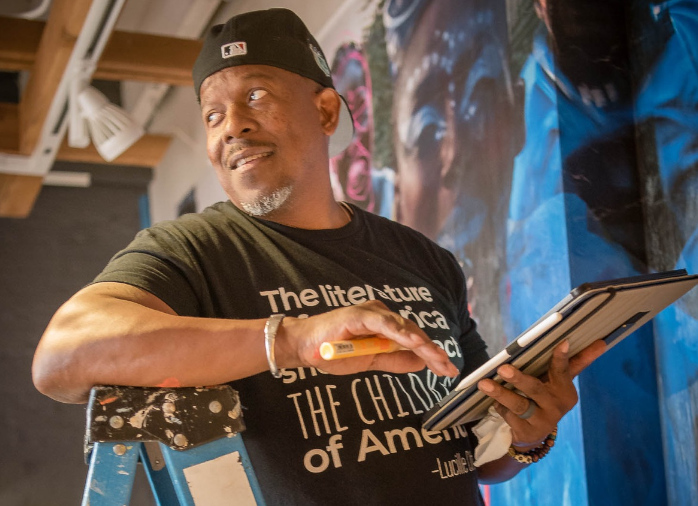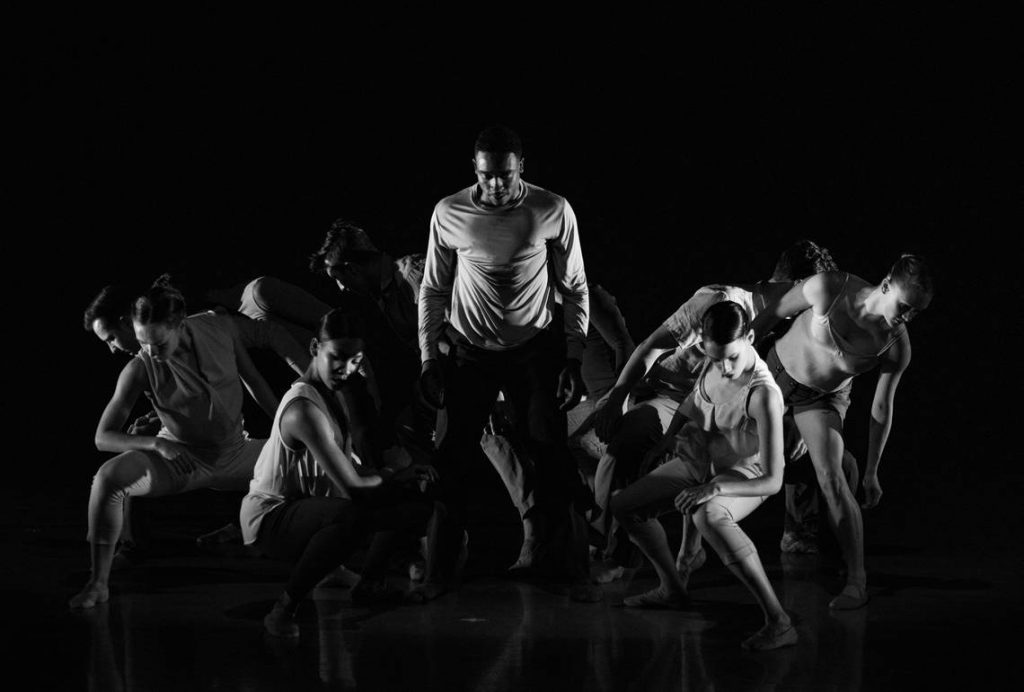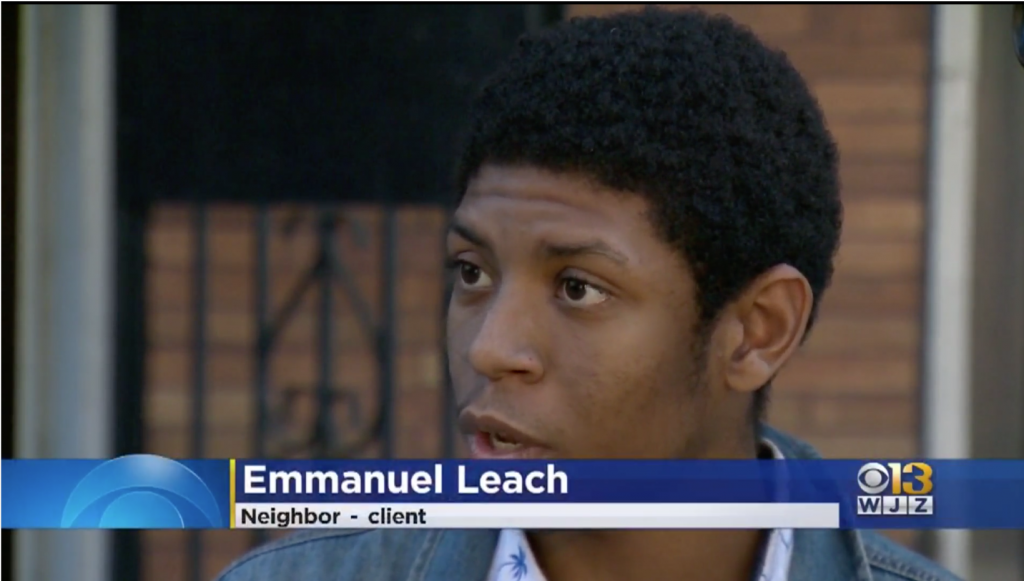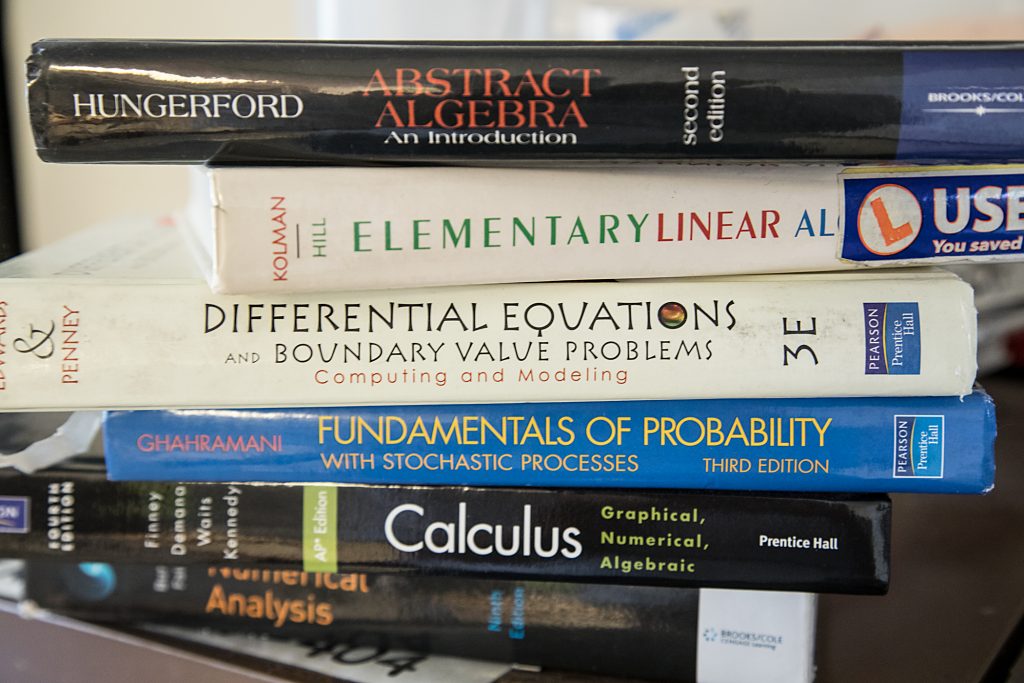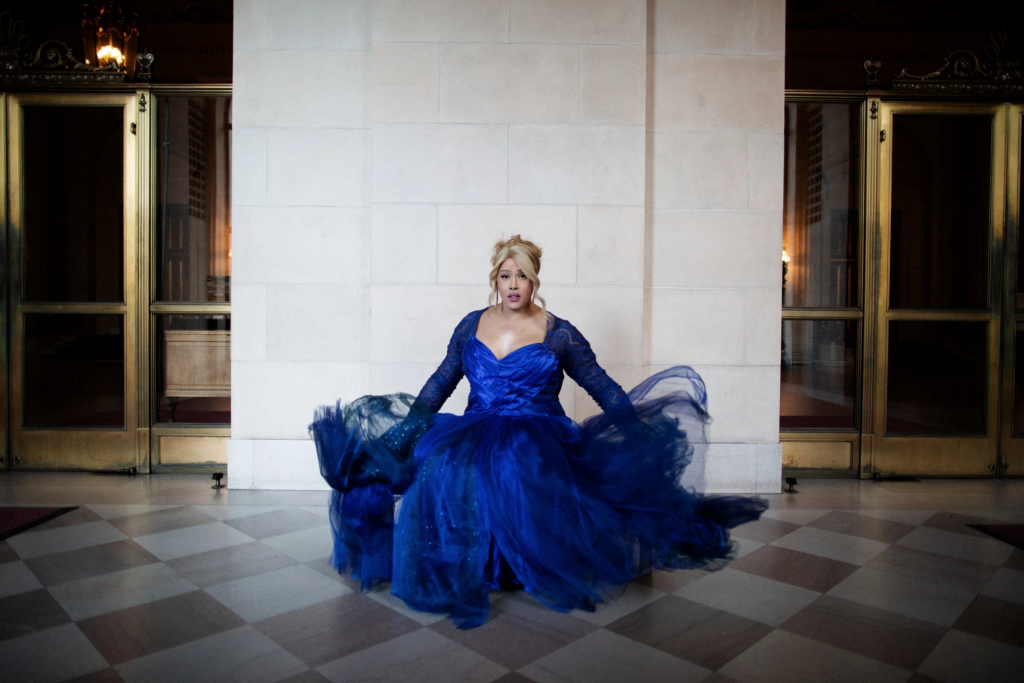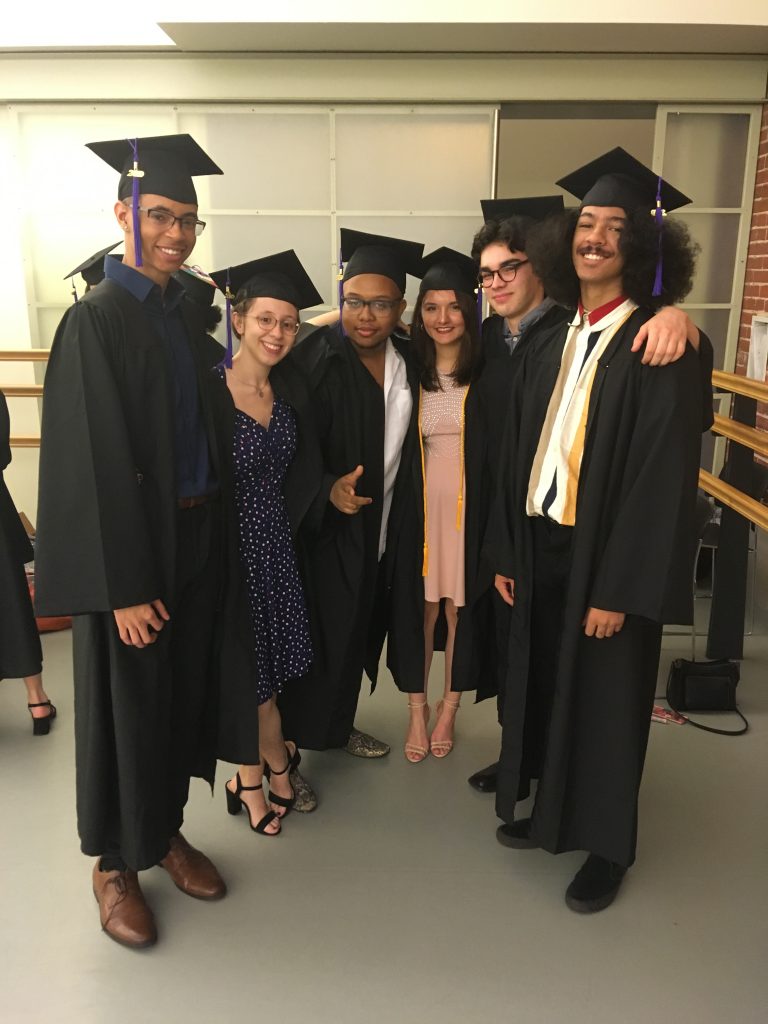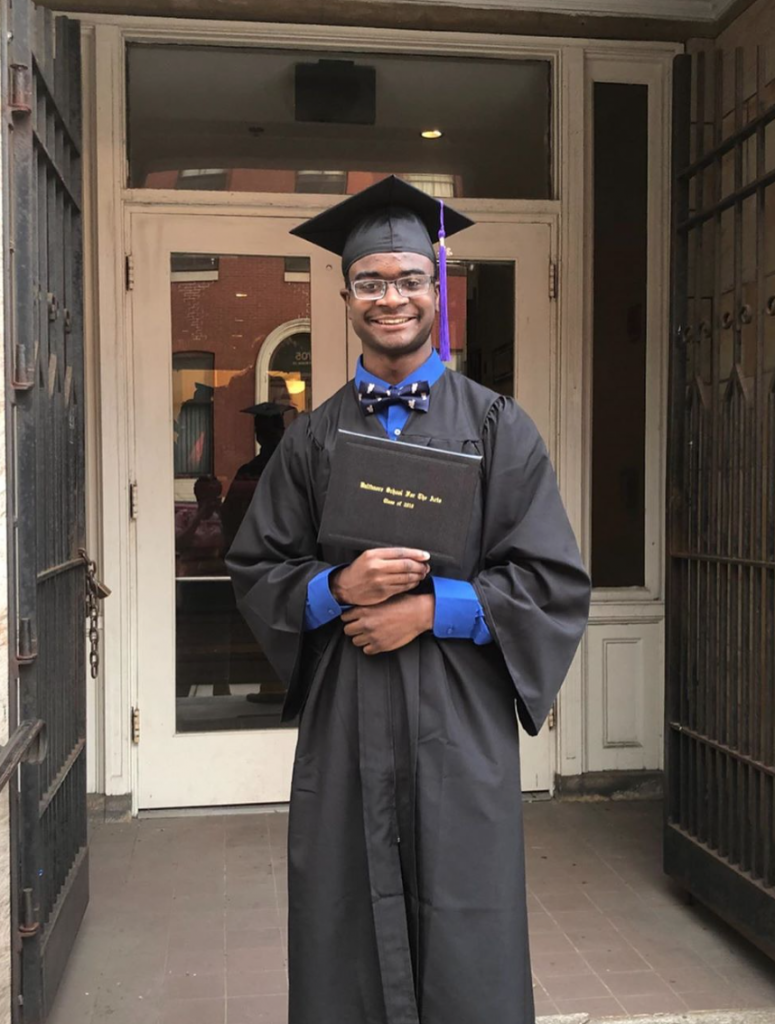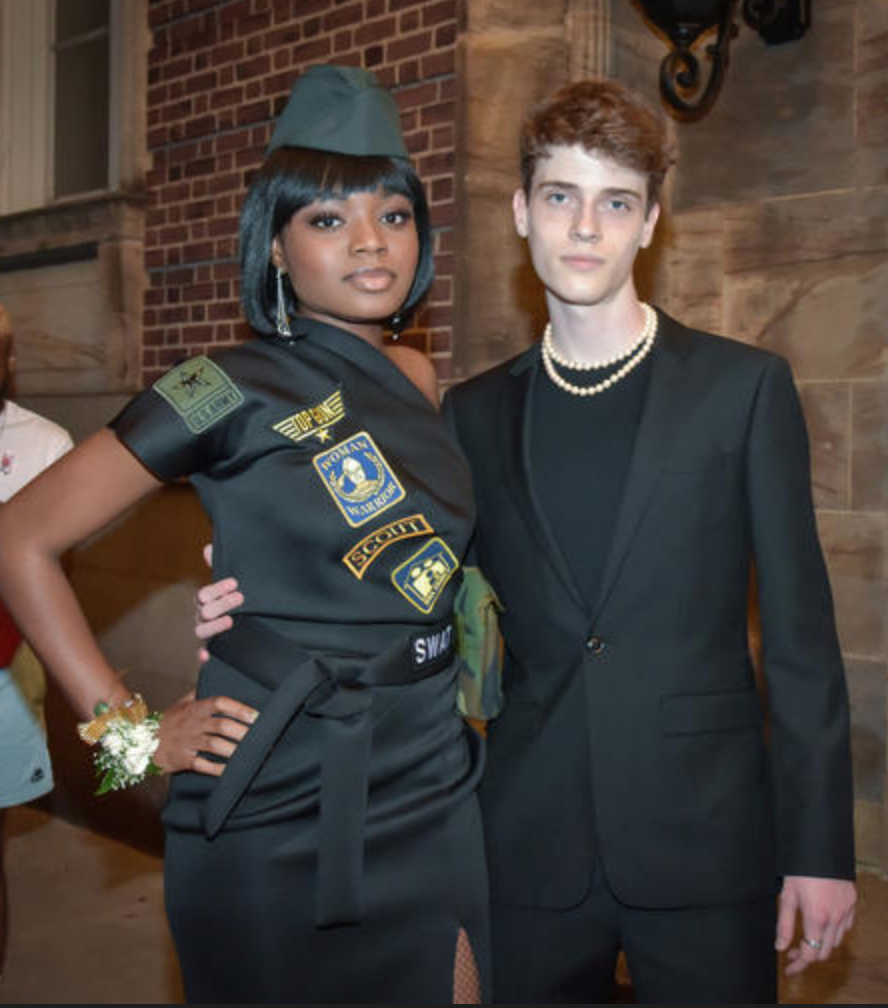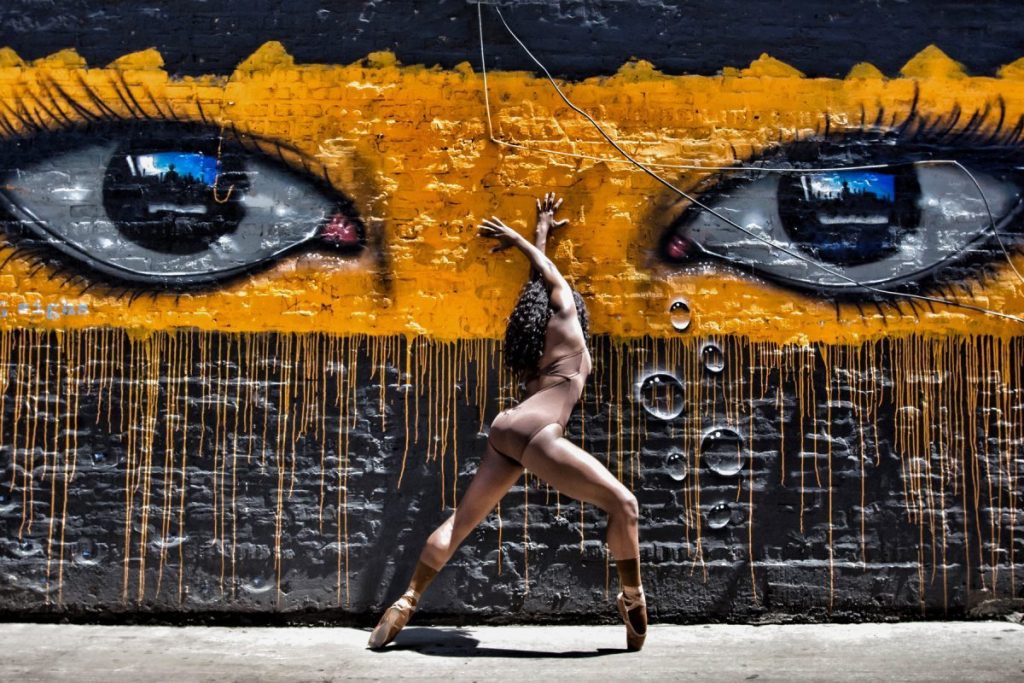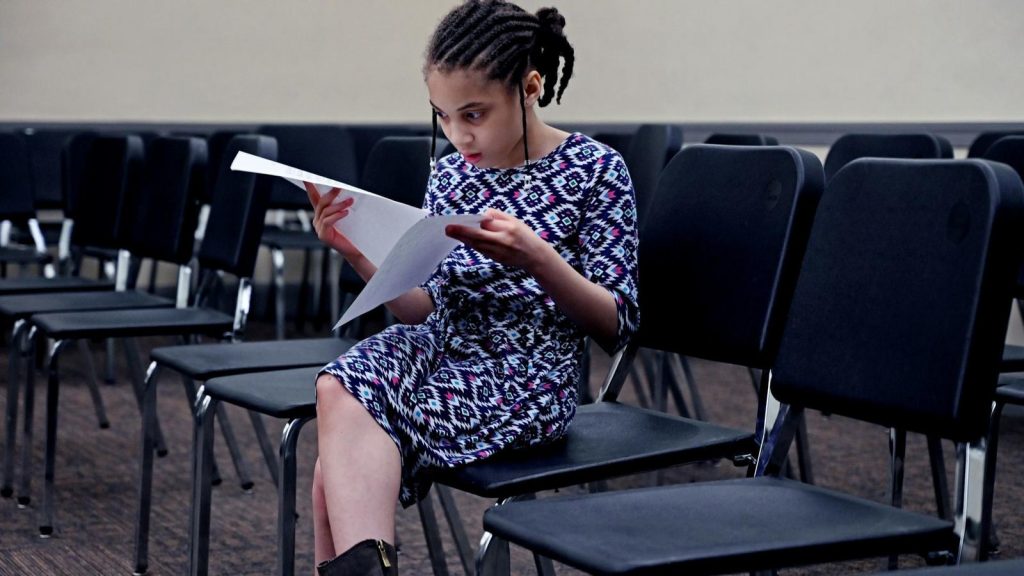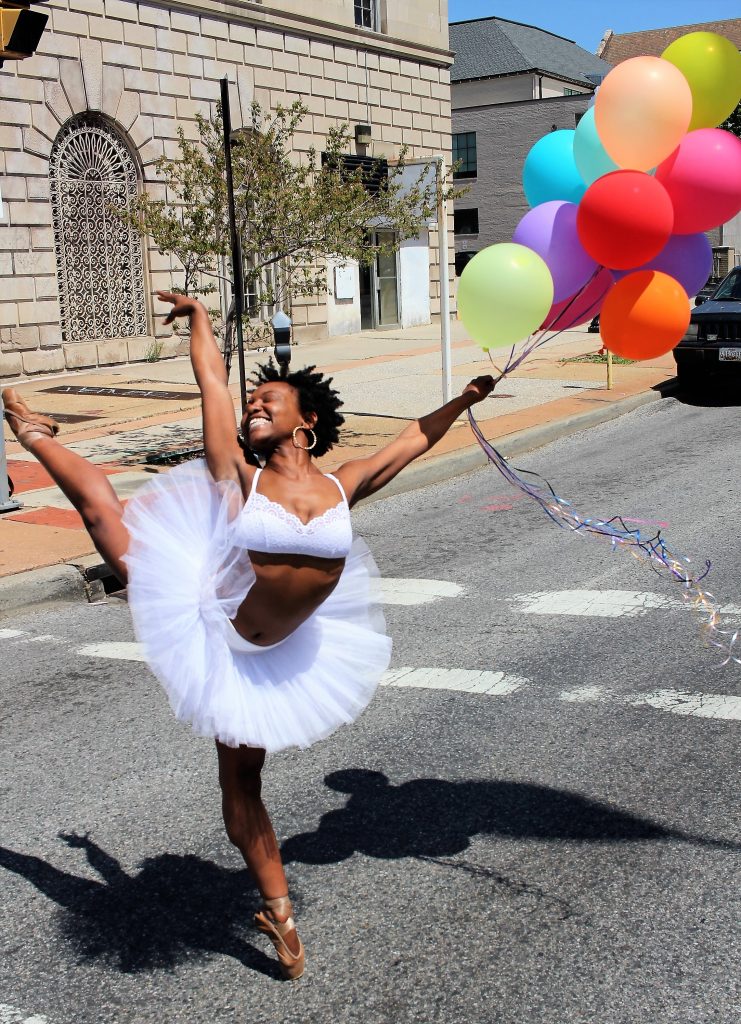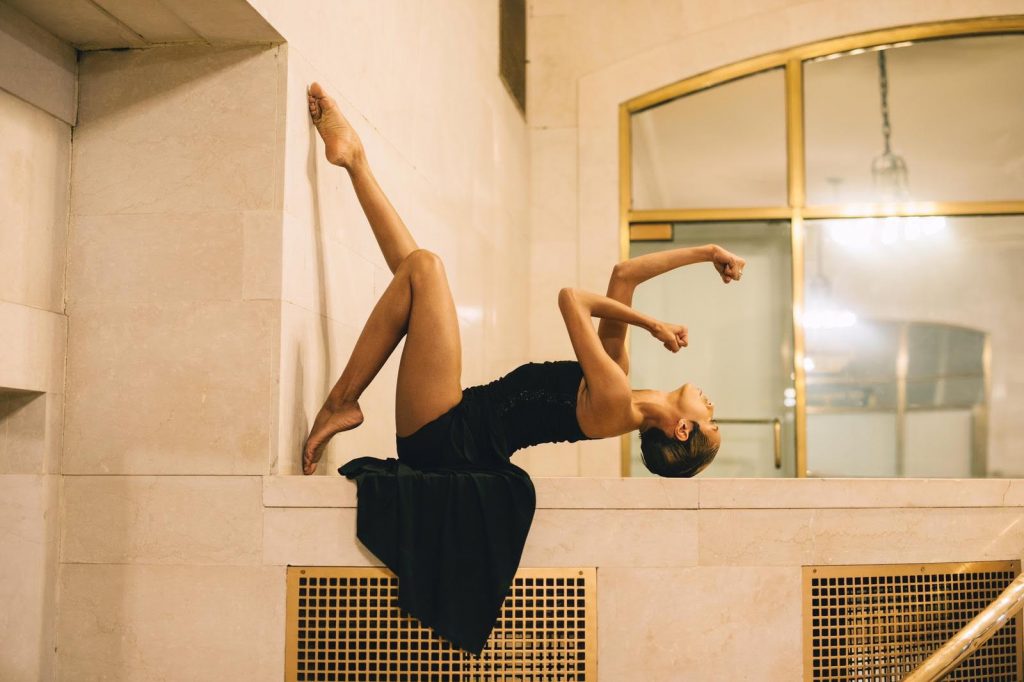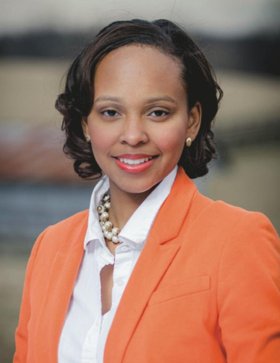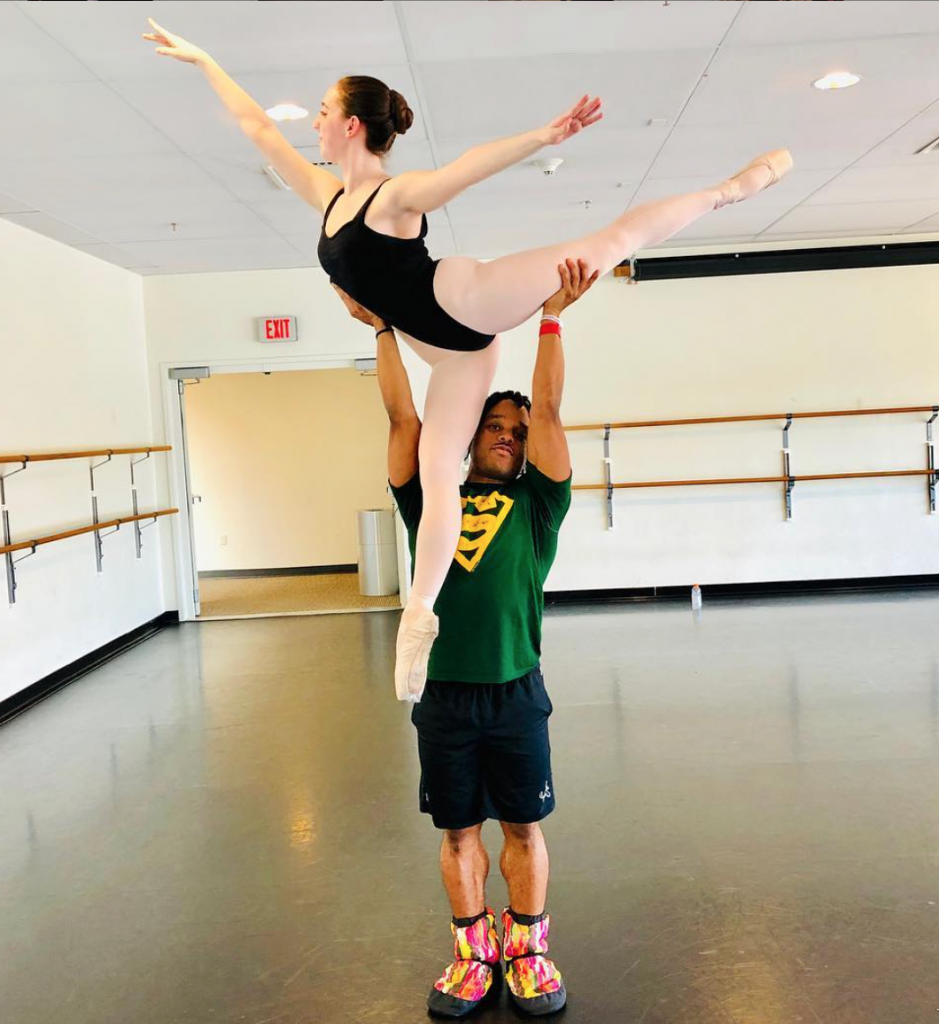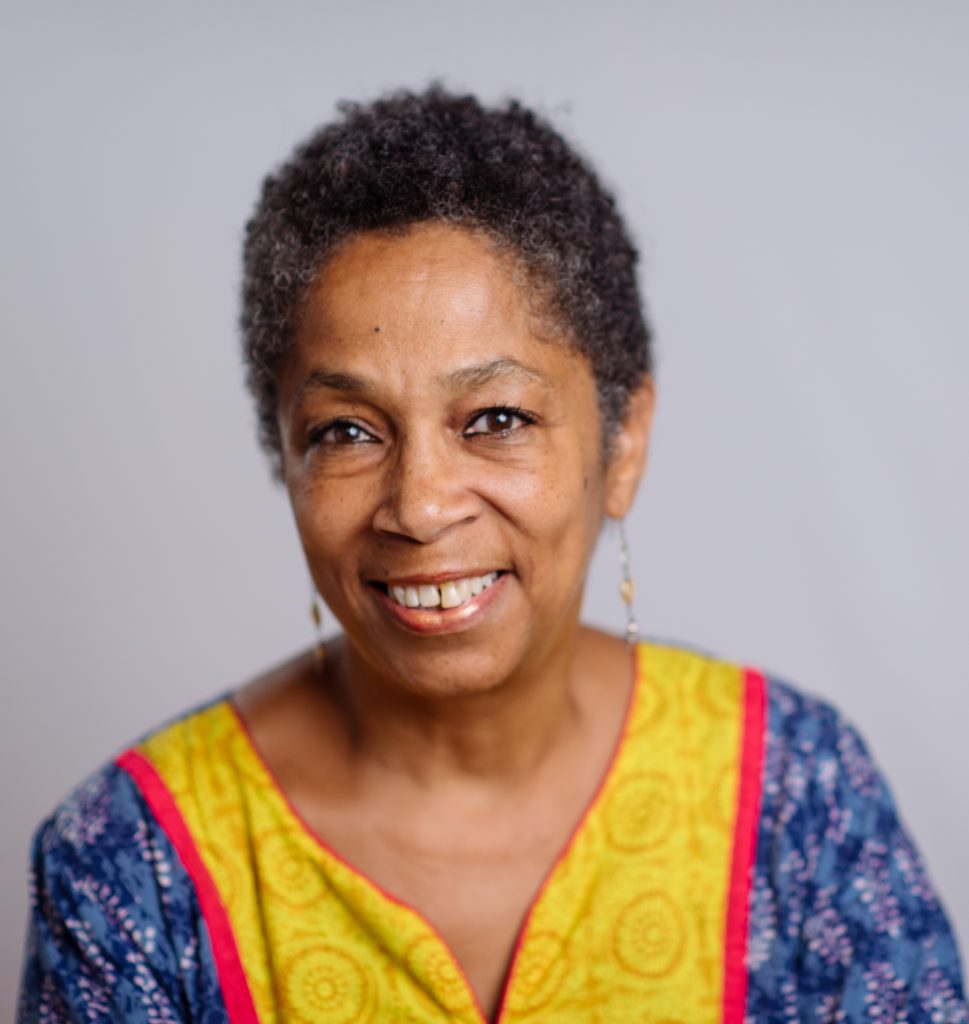As hundreds of alumni from all over the country return to the Baltimore School for the Arts this weekend to celebrate its 40th anniversary, six accomplished alumni returned a little early, to invest in the next generation of young artists through Camp BSA. Although the school was officially closed to allow for professional development for teachers, 30 students jumped at the chance to learn from the real-world experiences of their predecessors.
Jessica Crowley Ambrose: Namaste in the Sylvan
A highly skilled and celebrated yoga teacher, Jessica Crowley Ambrose ’95 is known for her devotional style of teaching that incorporates both physical and spiritual aspects of the practice of. A “Natural Yoga Bohemian” of the Baltimore culture, her Vinyasa practice encourages free movement and is a form of Bhakti Yoga–yoga from the heart, designed to harmonize, and restore our vital energy with love. She led our students in a 90-minute session.
Jessica’s teaching style was very explanatory, and she helped the students understand how the movement connected with the principles of yoga, as well as providing translation for some of the terminology from Sanskrit.
The students were incredibly grateful.
“It really helped me to be in tune with my body and know how to balance more,” said Jaiden Hanley ’20, a dancer. “It was very calming.”
Sarah Benning: Not your Granny’s Embroidery
In the brief time since she earned her B.F.A. from the School of the Art Institute of Chicago, Sarah Benning ’09 has built a successful studio embroidery practice and a thriving pattern program. She’s been the subject of a book on embroidery and even received a mention in Martha Stewart Living.
Sarah provided an overview of how she developed her art into the successful business it is today, as well as a hands-on embroidery workshop for beginners.
When she first opened her Etsy shop after completing college, Sarah sold hand-made cards for $6 a piece. Each card took roughly three hours to create, and she also provided free shipping for her customers.
“I learned quickly that it wasn’t a sustainable business model,” she said.
So she started working in embroidery instead, which gradually created enough income to allow her to quit the odd jobs she had been working to cover her expenses.
And over the past six years, her business has boomed and evolved. Her husband is now also employed full-time through the business, and they might even take on an intern. Sarah also seeks to incorporate more sustainable options into her practice. Many of her studio works are created on clean bed sheets purchased through thrift stores, or purchased from the remnant stack at the fabric store.
The students began creating their own work of art using one of Sarah’s patterns and took it home for completion. One student even chose to embroider his own design.
Chris Featherstone: The Biz
Chris Featherstone ’04 and his brothers founded their production company in 1997. Their first record, “I Should Be” by Dru Hill, debuted in 2002, before Chris had even graduated from the BSA. Since then, he has worked with some of the biggest artists in the country and has been paying his dues in the music production business.
Chris outlined his personal career trajectory and also provided practical advice on growing from a musician into a music producer.
“Don’t think like your instrument, because you play parts,” he said. “As a producer, you are playing all the parts.”
He emphasized the importance of doing well in the BSA coursework, which provides a solid foundation for students to continue to grow as artists. He also encouraged them to pursue their independent creative projects on the side.
And like the old writing adage that you have to know the rules so you can break them, the music industry also plays by its own guidelines.
“As you progress in the industry, sometimes you have to unlearn everything you learned,” he said.
Rebecca Hargrove: Talent, Timing, and Tenacity
You can currently catch Rebecca Hargrove ‘08 on a little stage called the Metropolitan Opera House. You may have also seen her in your living room in national commercials, signing with Bruno Mars, as a model on the Today Show, and more.
During her intimate workshop, Rebecca shared her own professional challenges and how she built a career doing what she loves every single day.
After finishing schooling from some of the most prestigious music conservatories in the country, she sent audition tapes to 20 houses, but only received invitations for a live audition to four of them. The auditions ultimately resulted in four no’s, and she began to look for other ways to support herself.
She was playing with a little girl at her cousin’s funeral, and had established a strong rapport. So she approached the girl’s mother and asked if she needed a nanny. The woman said sure, and gave her a business card. It turned out she worked in HR for Warner Music, and Rebecca was ultimately able to secure a position at the music label, where she would work for four years.
Her job was flexible, allowing for audition time and the ability to travel when needed. After several years, she wasn’t getting as much work as she hoped and was considering pursuing a more permanent position with Warner Music. However, right when she was thinking of giving up, the opportunities started opening up.
“The minute I thought I would give up performing is the moment everything lined up,” she said.
After a while, she had so much work as a performer that she had to resign from her position at the label.
Since the workshop was small, Rebecca had the opportunity to ask the students what their goals were and try to encourage them in their individual pursuits.
“You have to ask yourself, what would get you out of bed every morning?” she said.
She encouraged the students to resist comparing themselves to their peers and the timelines on which things happen for others.
And, like many BSA alums, she said the secret to success is all in the hustle.
“You all have something in you that no one else has!” she said. “You just need to get yourselves in the right place at the right time.”
“A lot of naturally talented people are just waiting for opportunity to fall in their lap.”
Brian Mainolfi: How to Animate It in Hollywood
You may not recognize Brian Mainolfi ’88’s name, but you have definitely seen his work. Brian has worked for some of the most prominent studios in the television and feature animation business, including Disney (Pocahontas,Hercules,and Emperor’s New Groove), Fox(American Dad), and others. Brian is currently the director of Netflix’s Paradise PDand gave the inside scoop on what it’s like to be an animator for some of the biggest names in Hollywood.
Like many BSA alumni, Brian’s persistence and commitment to excellence opened the door to his first gig in Hollywood. Upon graduating from New York University, he found freelance work for an emerging comedian known as Adam Sandler, as well as a few other projects in New York, but was looking for something more permanent.
The legendary animator and filmmaker Chuck Jones was preparing to start a big project and approached the top animation schools about their most talented recent graduates, asking Brian and a handful of others to check in on a monthly basis about a potential start date. Eight months came and went, and Brian was one of the few who was still checking in. Mr. Jones hired someone else, who quickly was revealed as a bad fit, and Brian received a life-changing phone call from the man who is known as the father of contemporary animation.
“Pack up your life and buy a one-way ticket to Hollywood. You start in six days.”
Brian was grateful for the opportunity, and worked very hard, continually trying to improve his skills as an animator.
Brian also cautioned the students that animation can be a difficult business. When working on a feature film, animators often work 12 hours a day, seven days a week, for six months at a time. Although the salaries are generous, they do not earn residual income the way actors, writers, and directors do. So while it’s the pathway to a stable middle-class life, Brian cautions, “it’s not Hollywood money.”
There are also rapid changes to the Hollywood culture as big tech, namely Amazon and Netflix, have gotten into the TV and film production business. It’s also difficult to see how these players will continue to change the business in the future.
“Still,” Brian says, “I’ve gotten to spend my entire career drawing, and I love it.”
Babette Pendleton-DeLafayette: Activated Environments
Babette Pendleton-DeLafayette ’09 was a dancer during her time at the BSA. Now a visual artist, she uses her background as a choreographer and performance artist to build immersive body, sculpture, and multimedia-based installations and performances. Babette and Vivianna Firlie ’20 collaborated on creating structural art using found materials, the architecture of the space, and their bodies.
The two artists have much in common. Babette began her career as a dancer, and Vivianna is about to graduate from BSA’s theatre program in May. Like Babette, Vivianna wants to create interdisciplinary art and is interested in work involving projection.
During the class, Babette helped Vivianna create a series of work used found objects in the space and encouraged her to evaluate the result from a variety of perspectives. When creating this sort of found installation-based work, Babette encouraged her to keep changing and re-arranging the objects until the piece felt right.
“Move from one decision to the other, don’t think about it,” Babette said. “Don’t try to plan ahead. Just see where the next curiosity comes from.”
“This tactic is very playful,” she said. “Just keep playing, playing, playing, and you’ll get to the final goal.”
